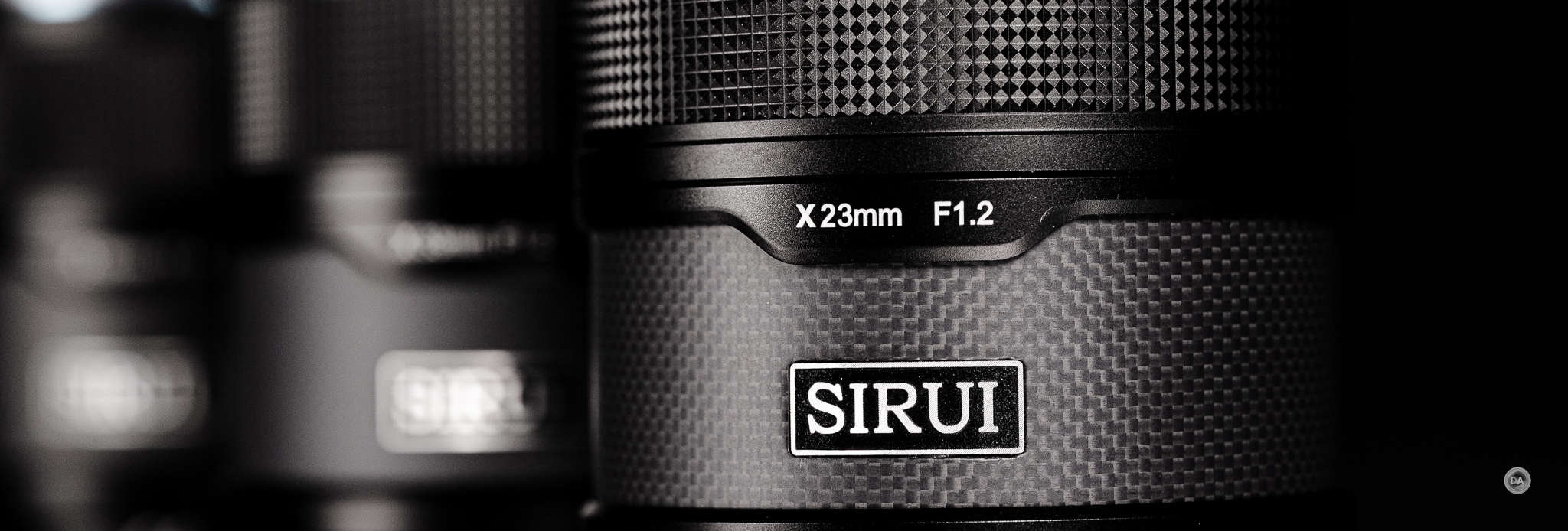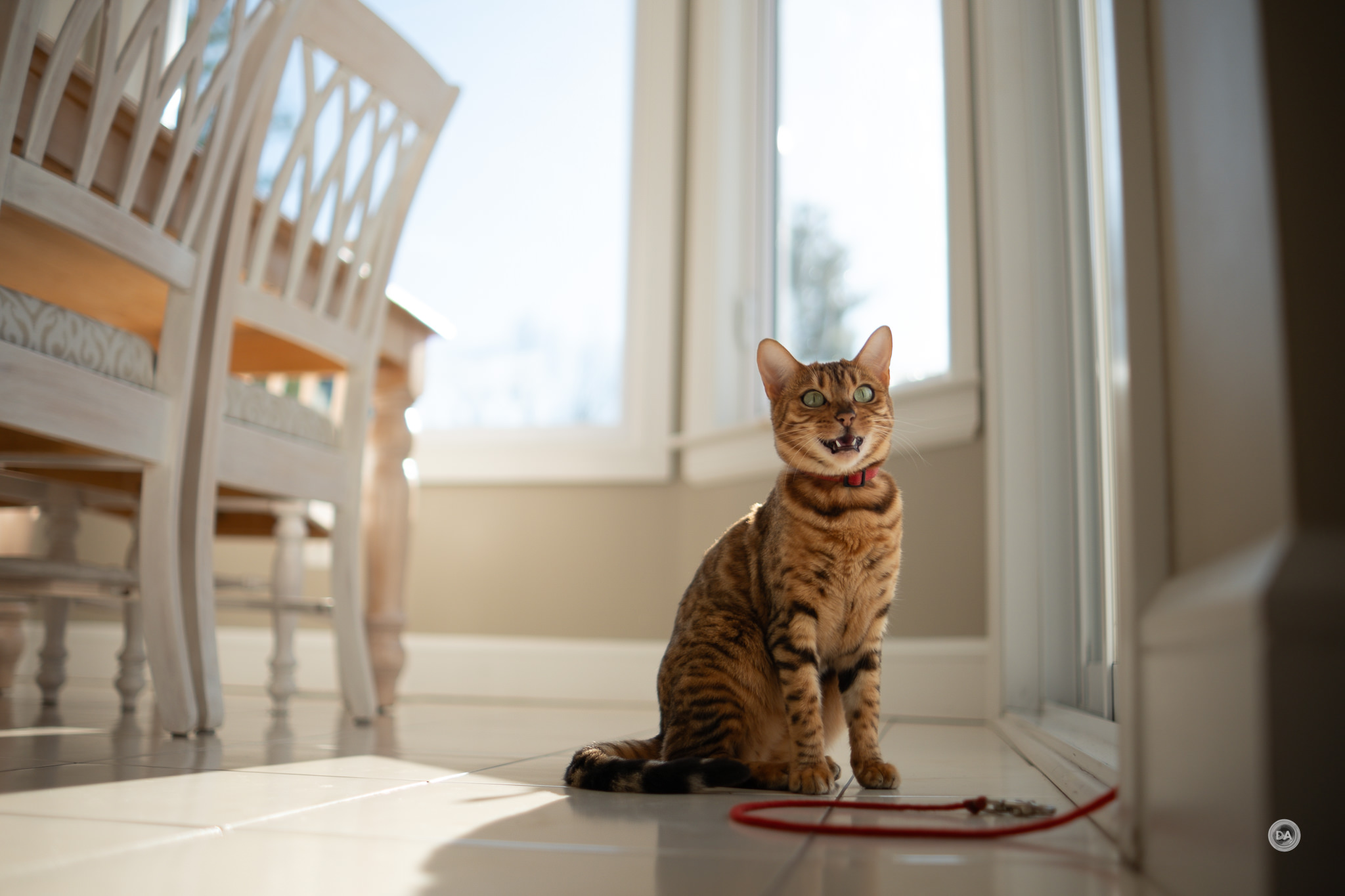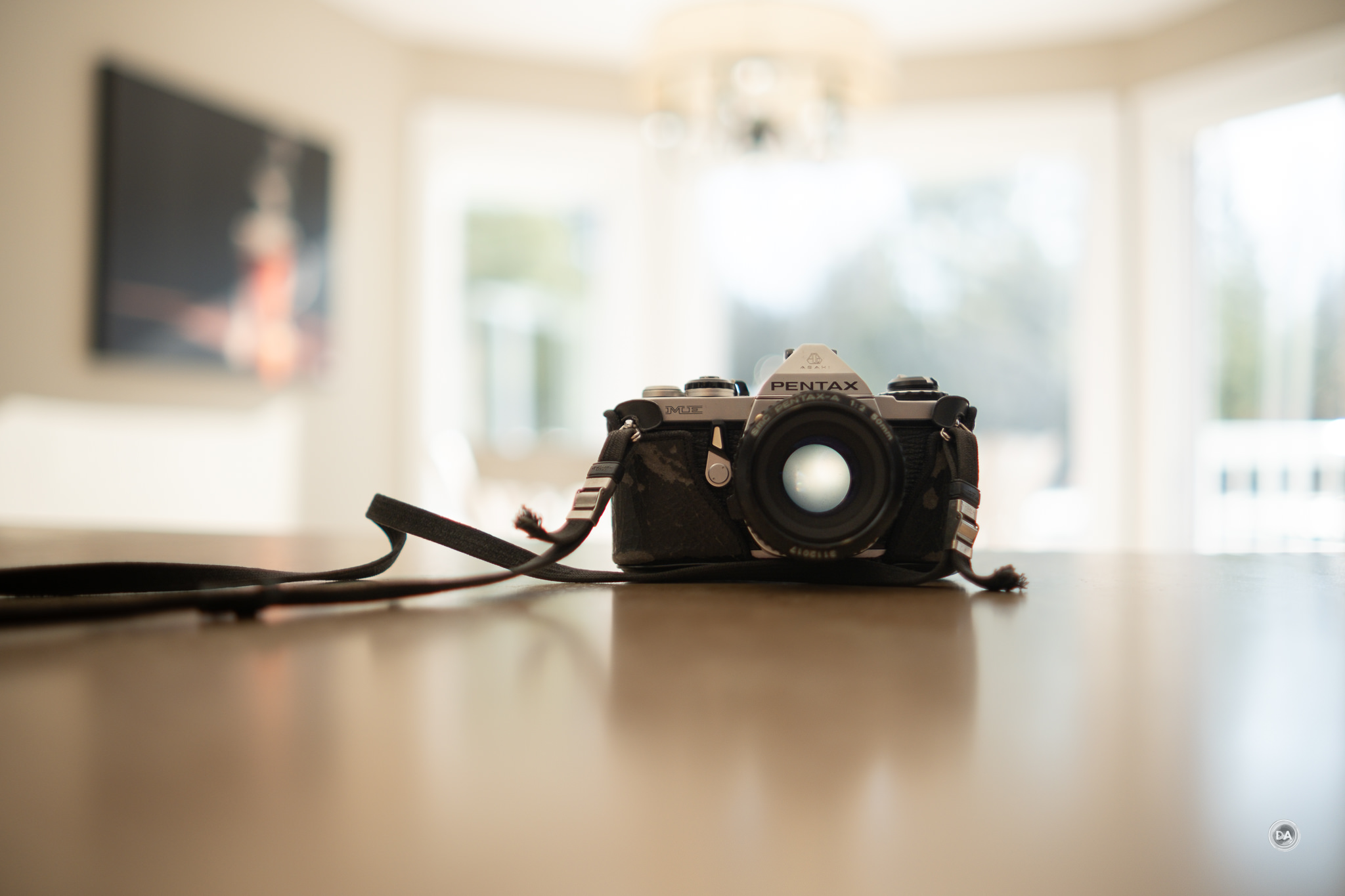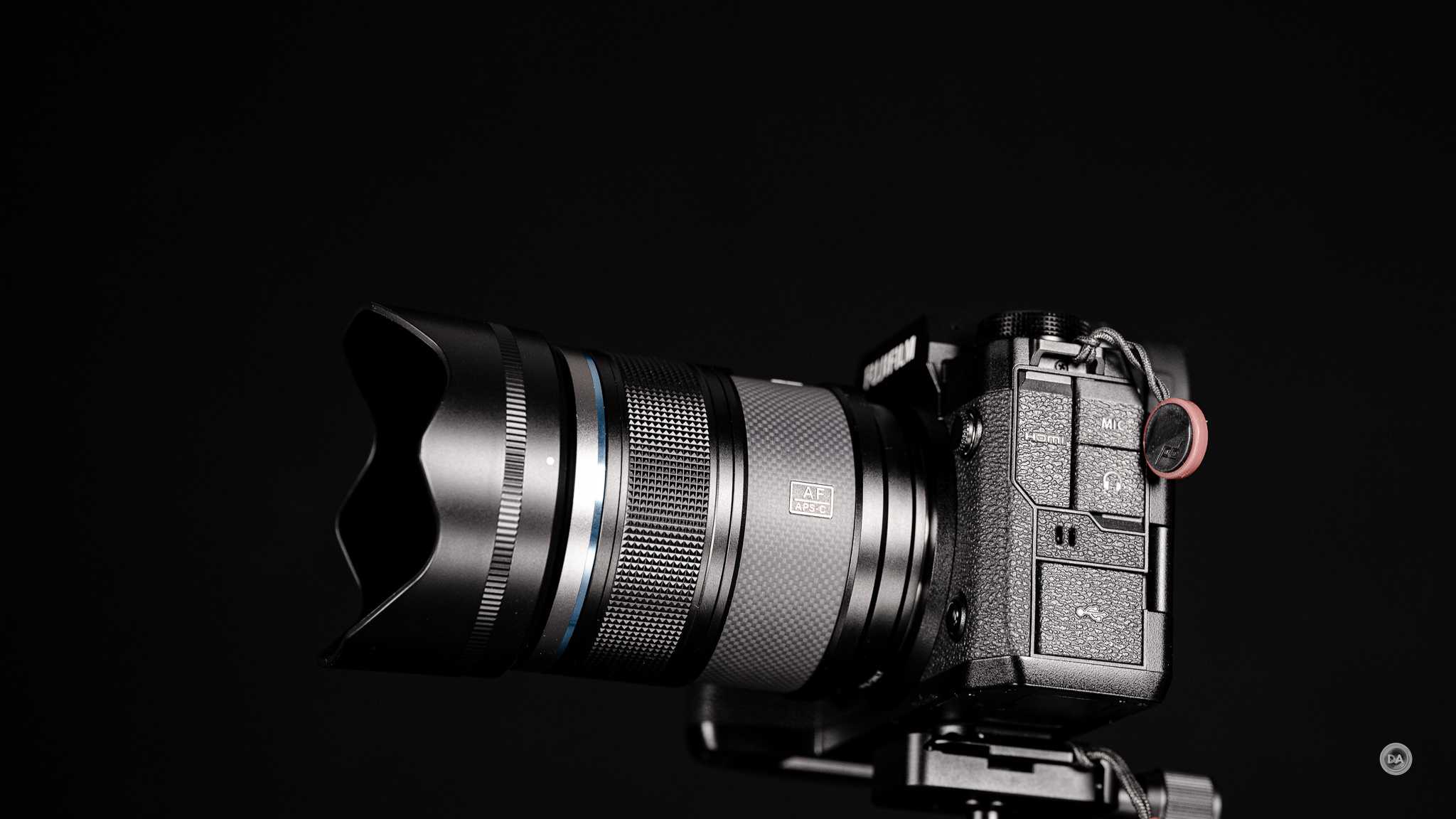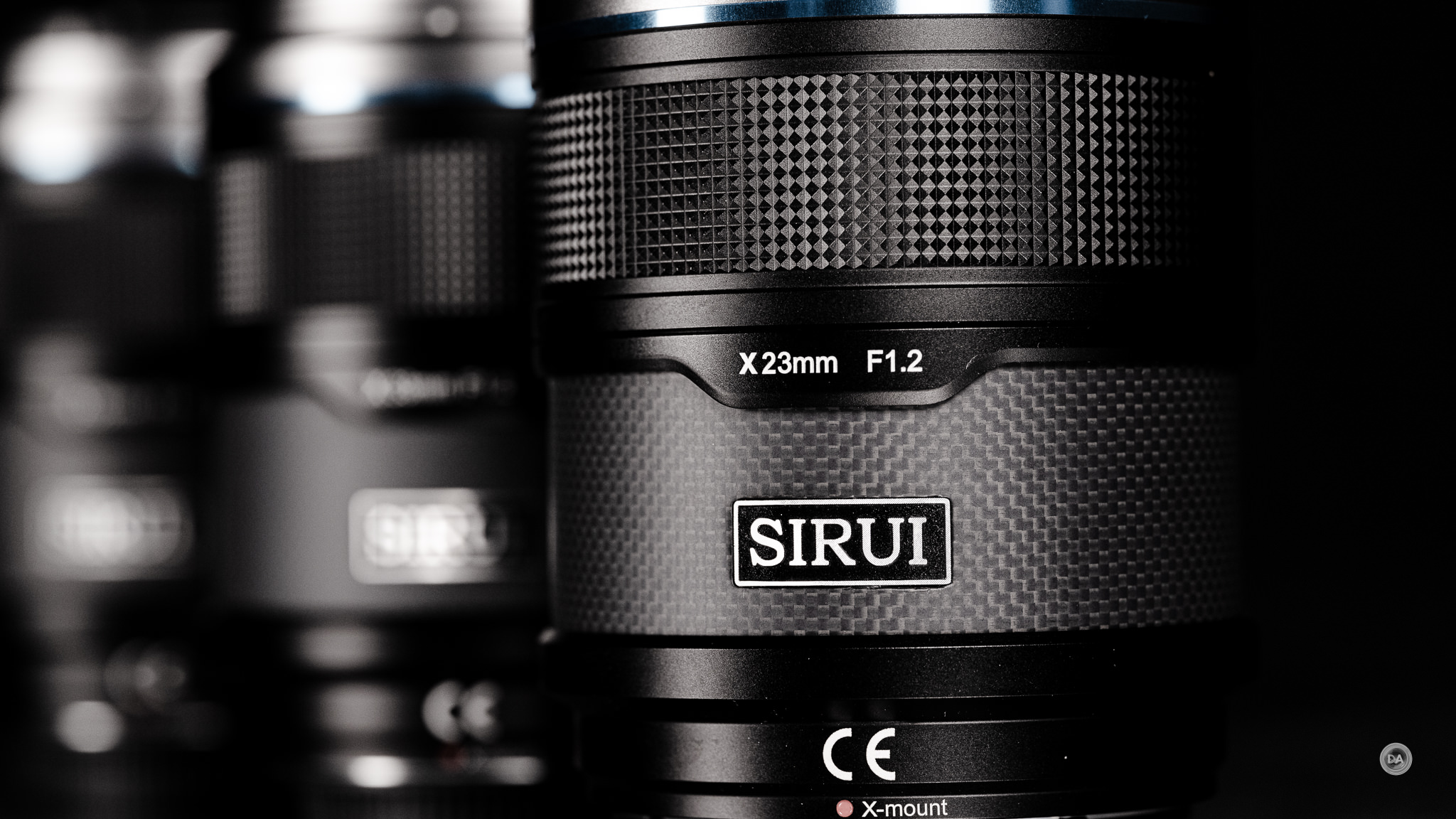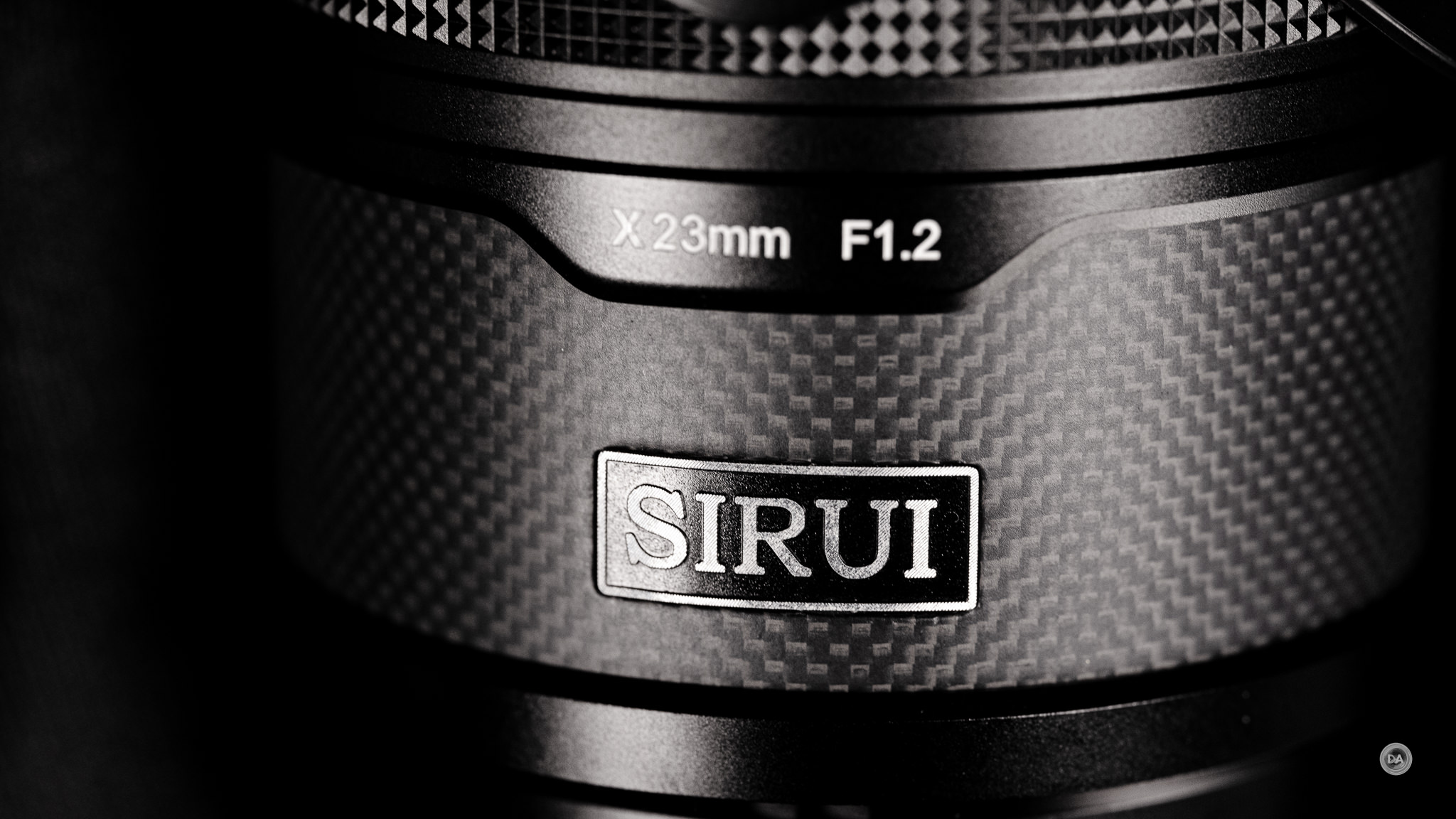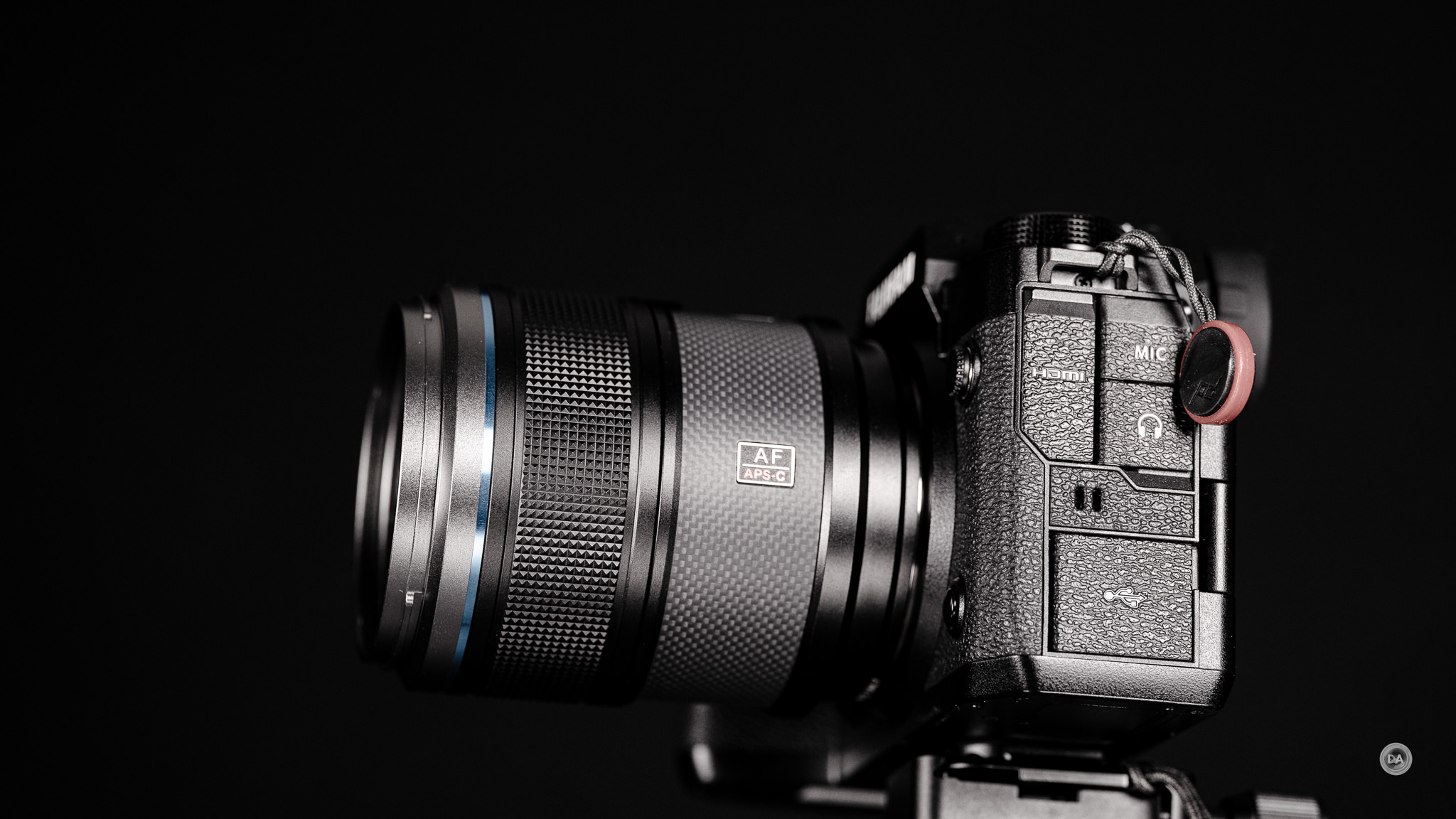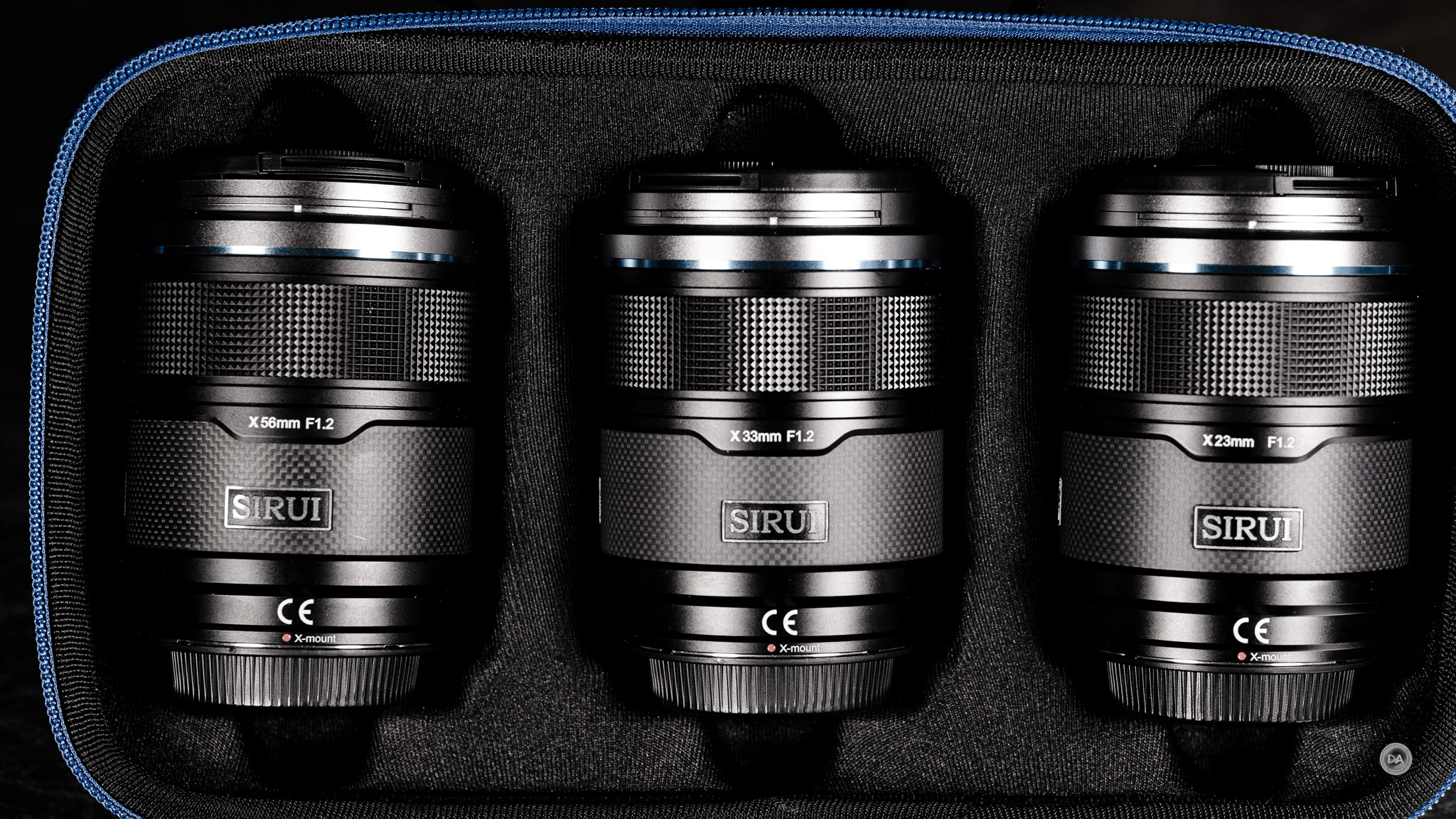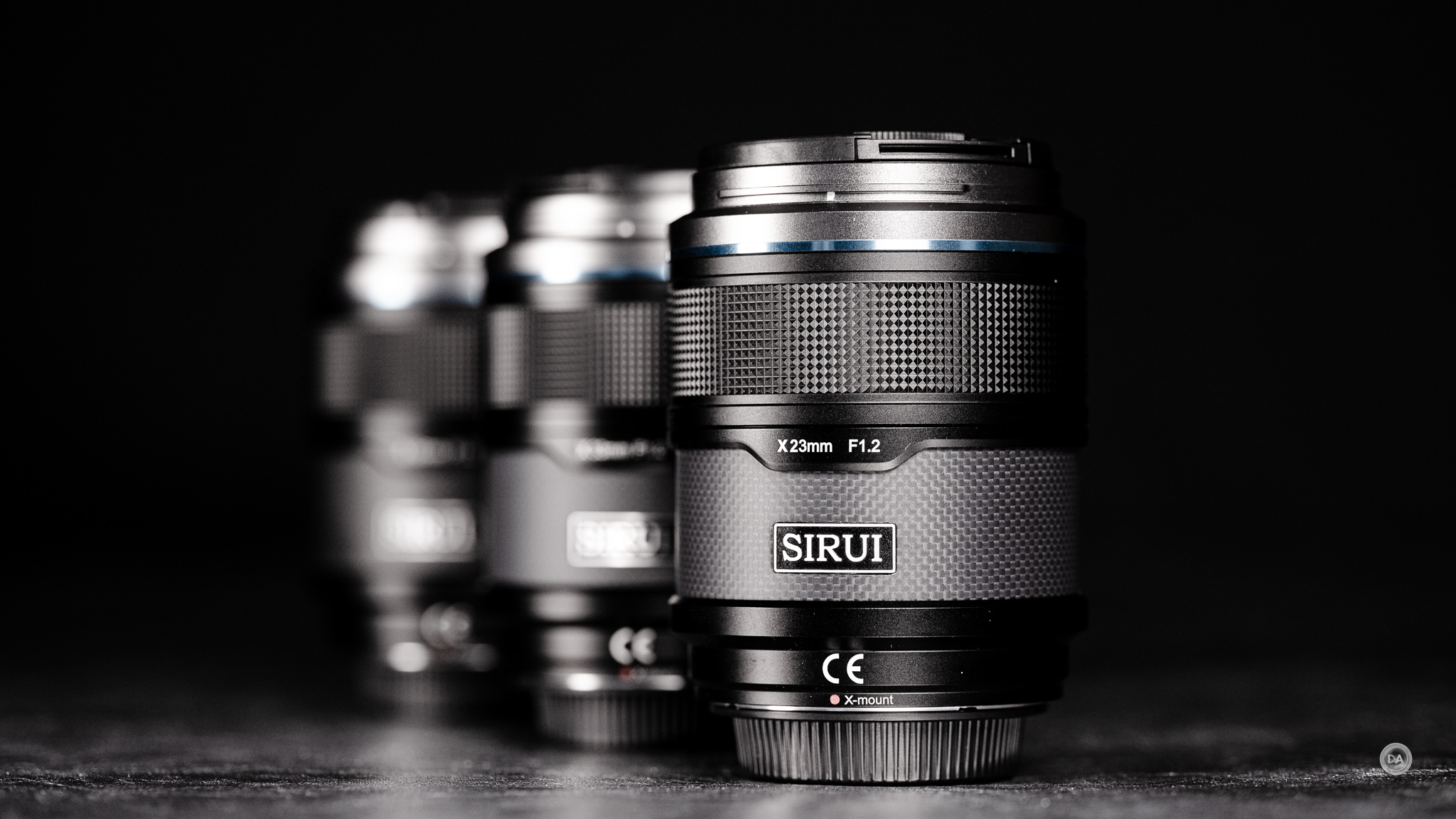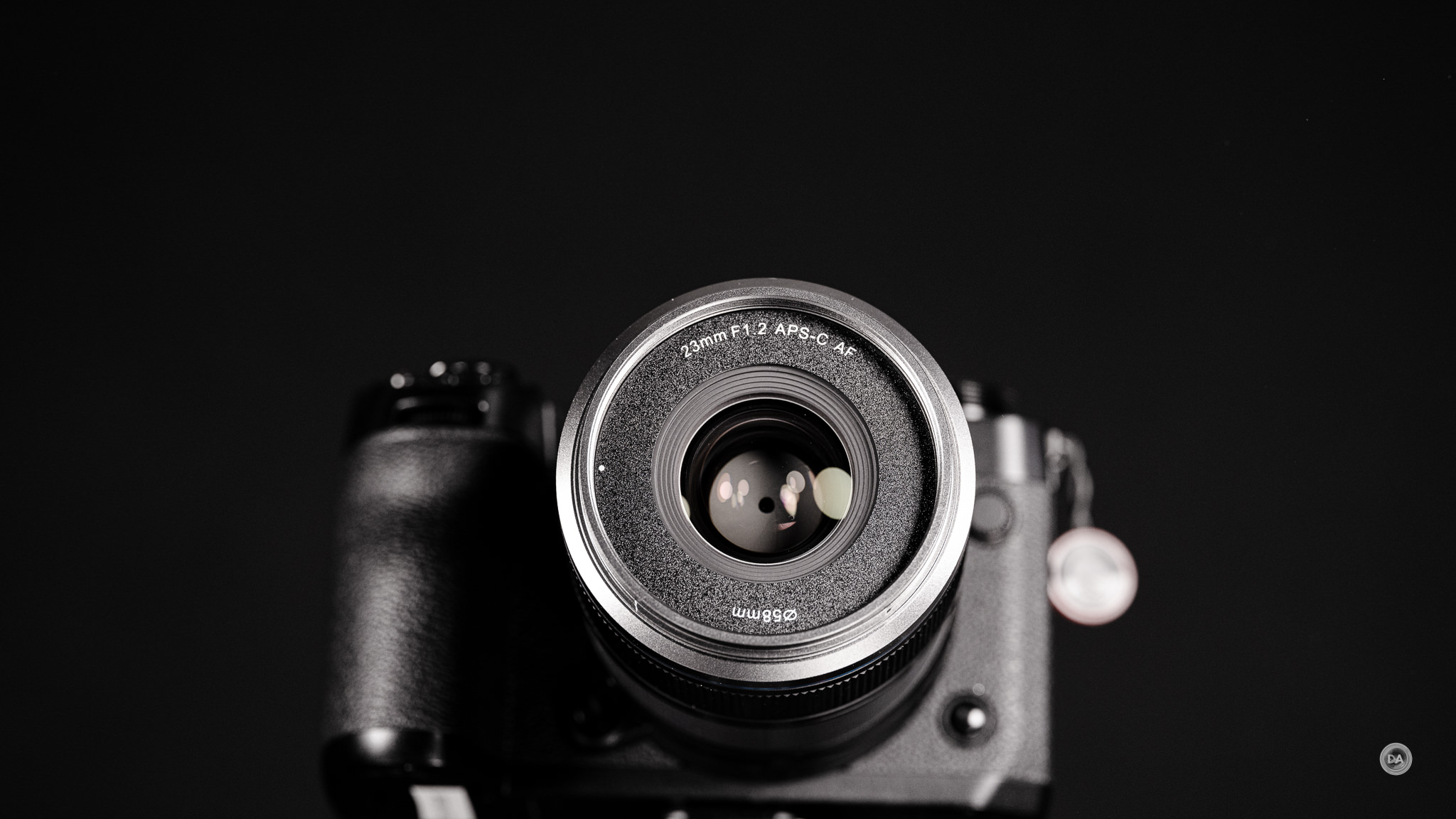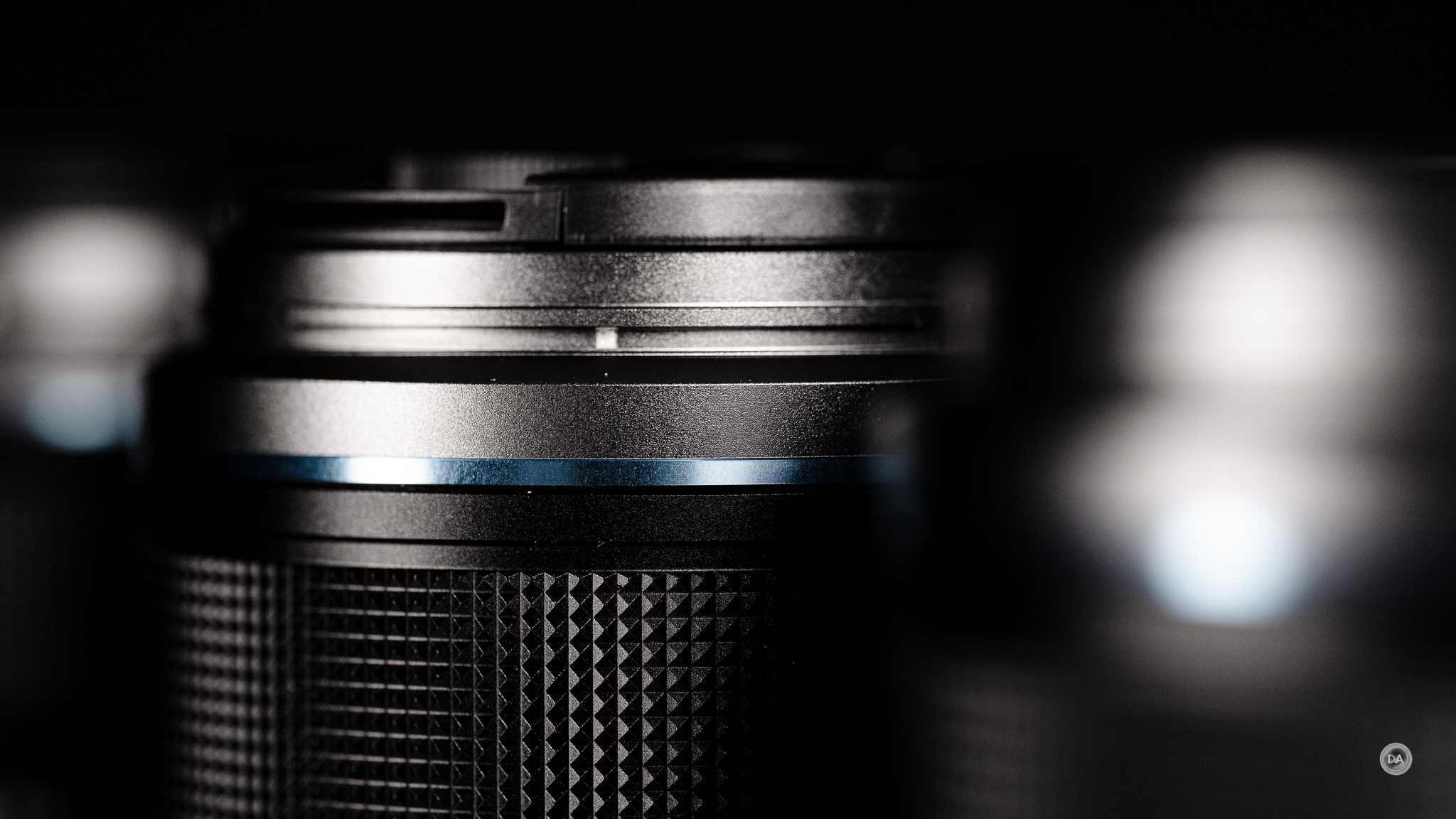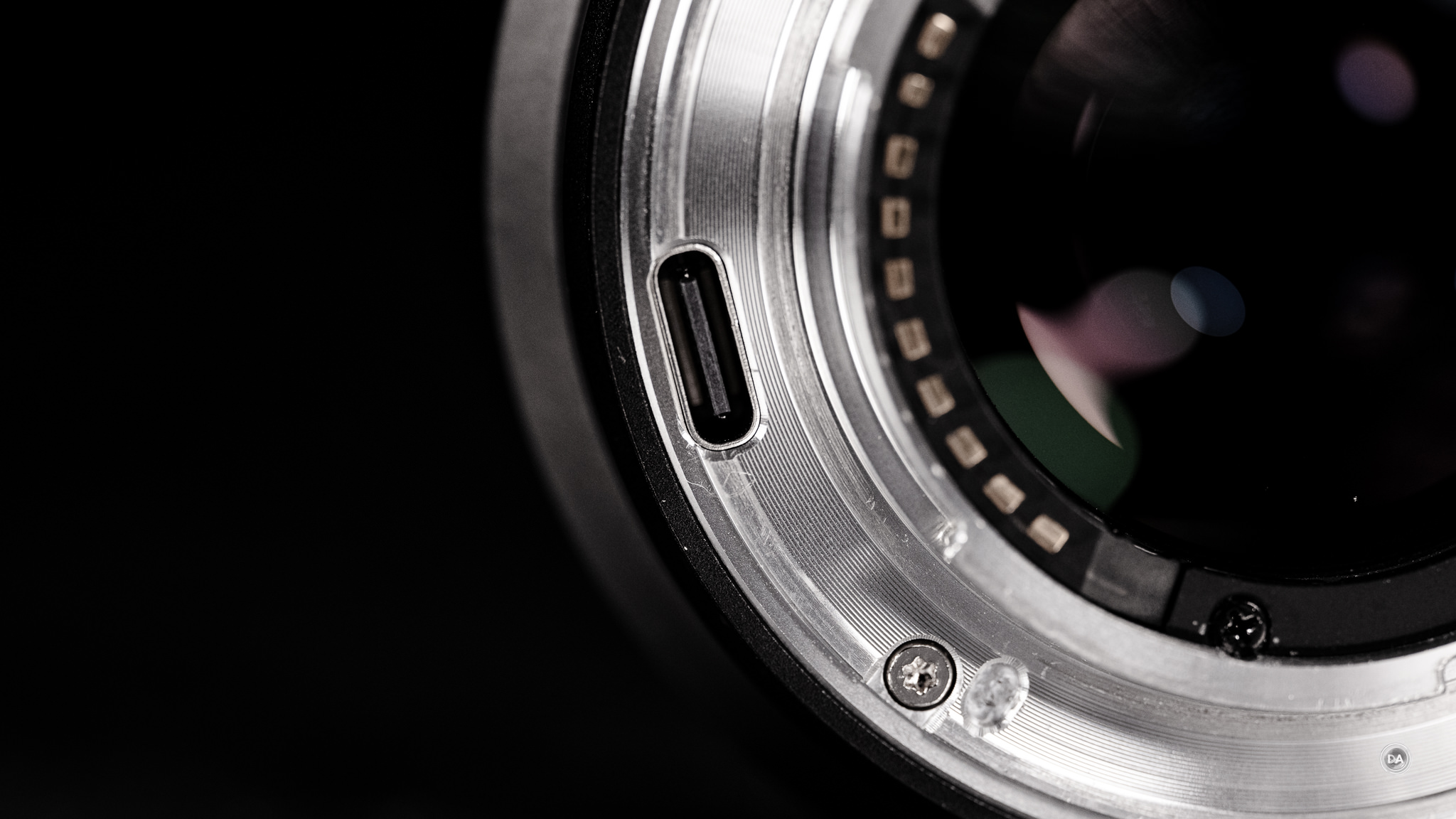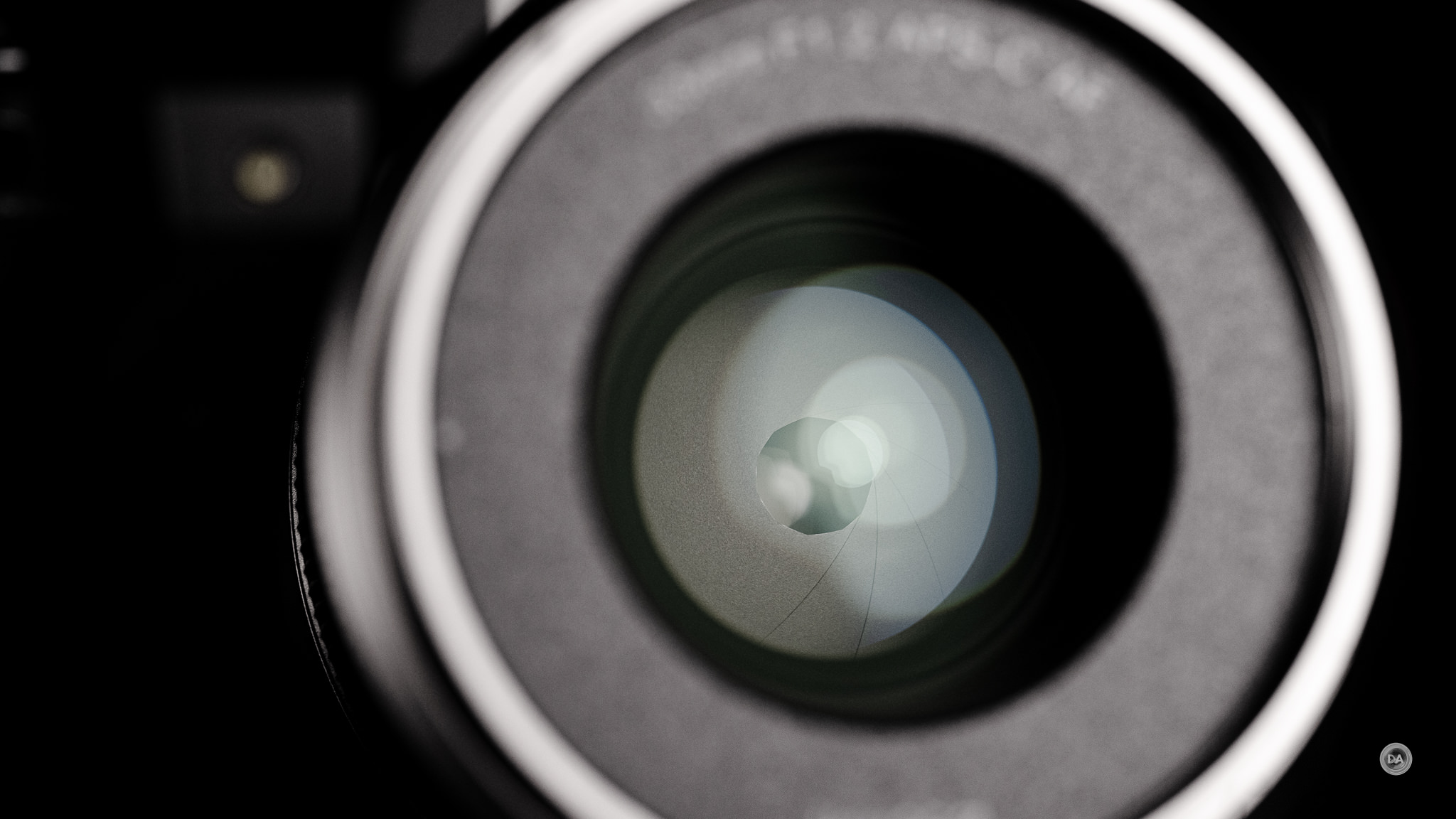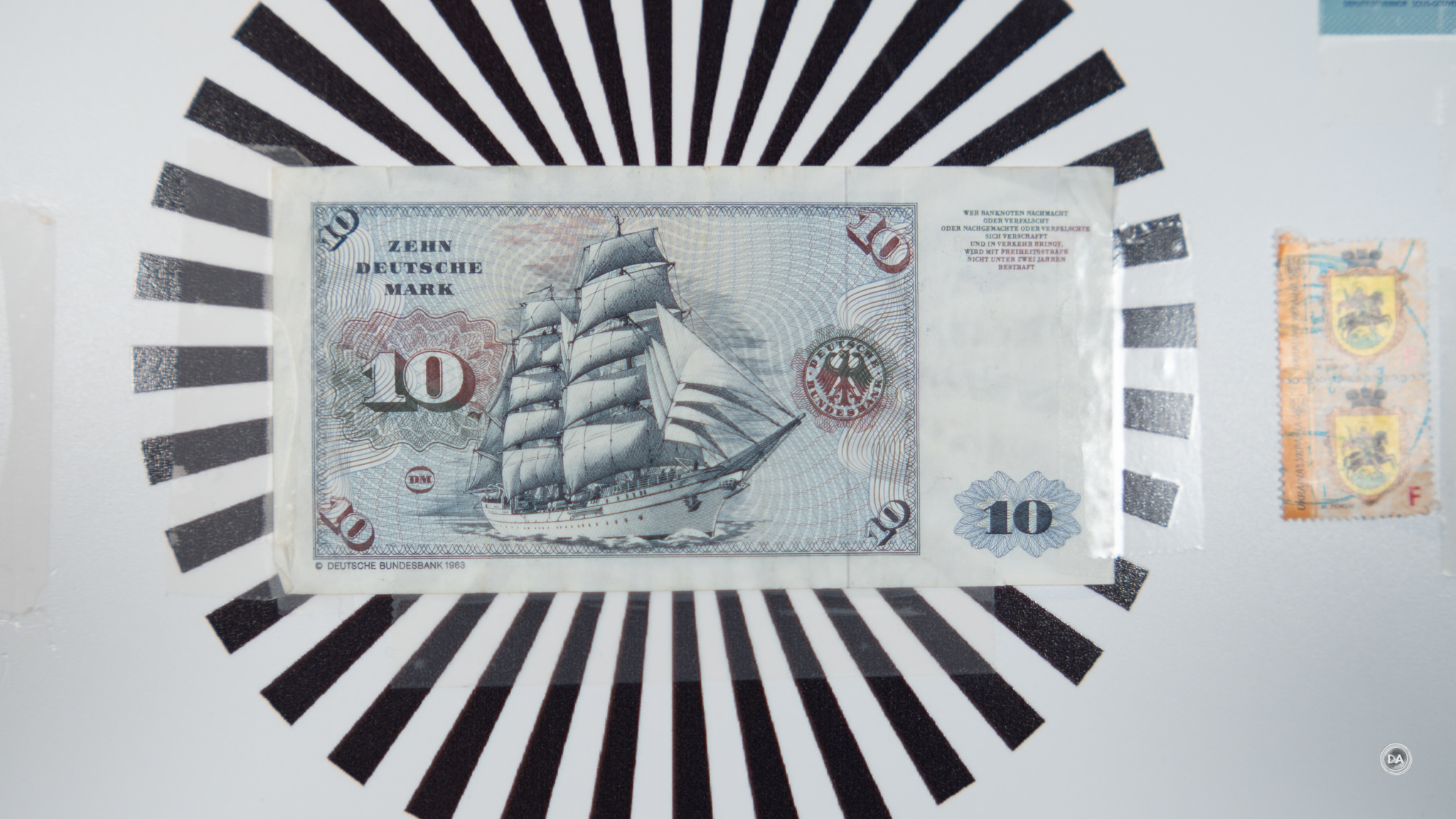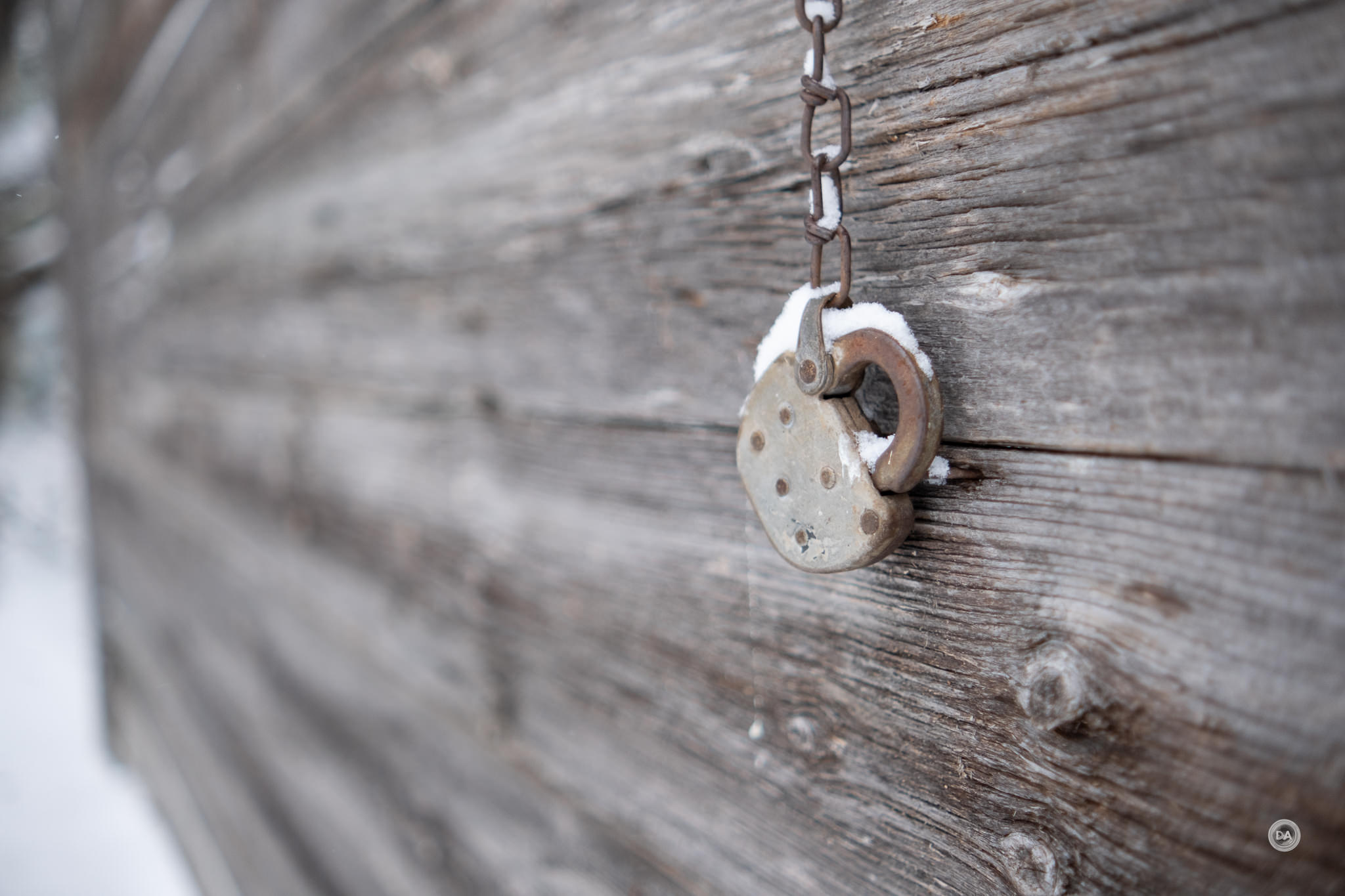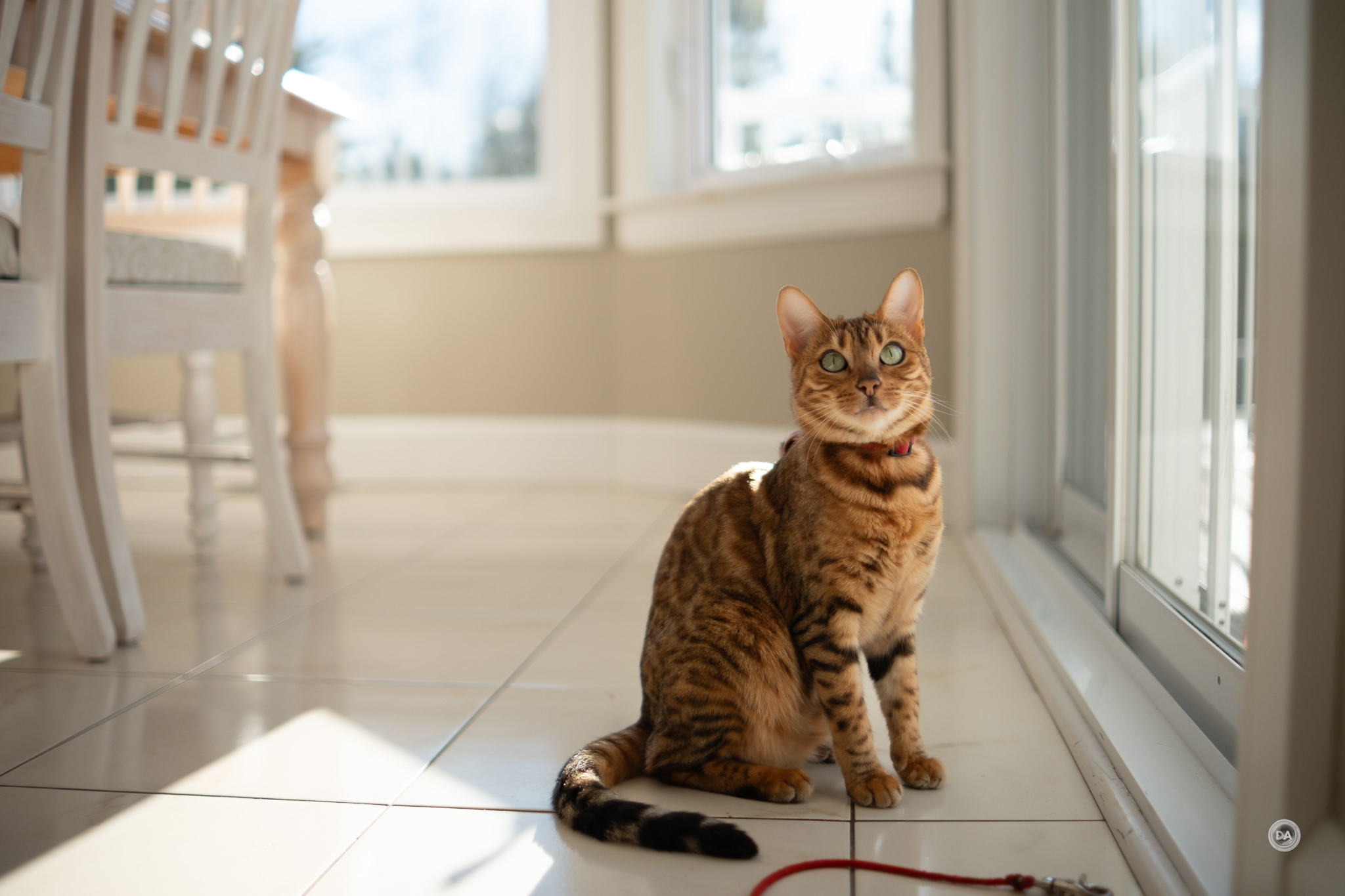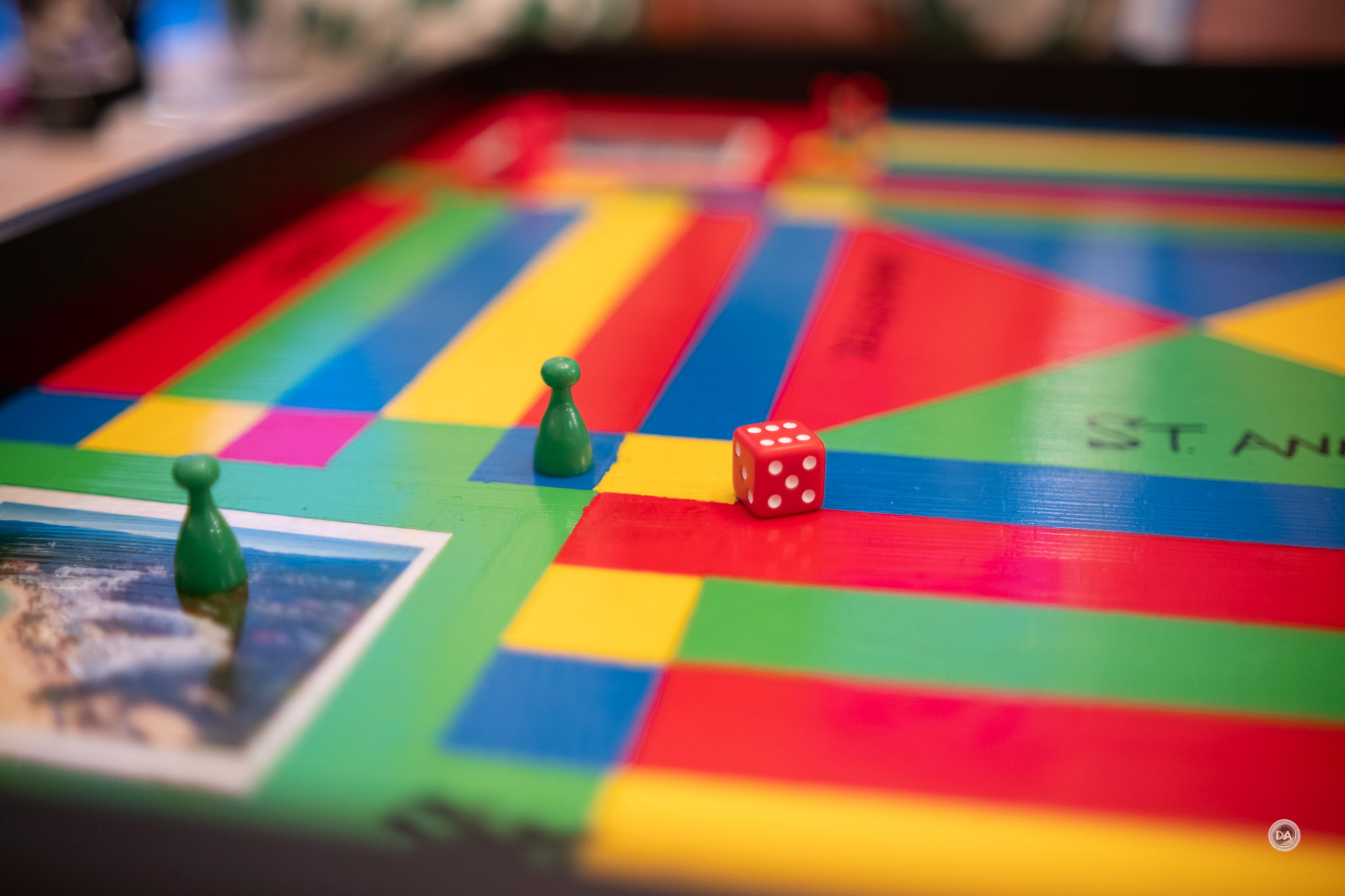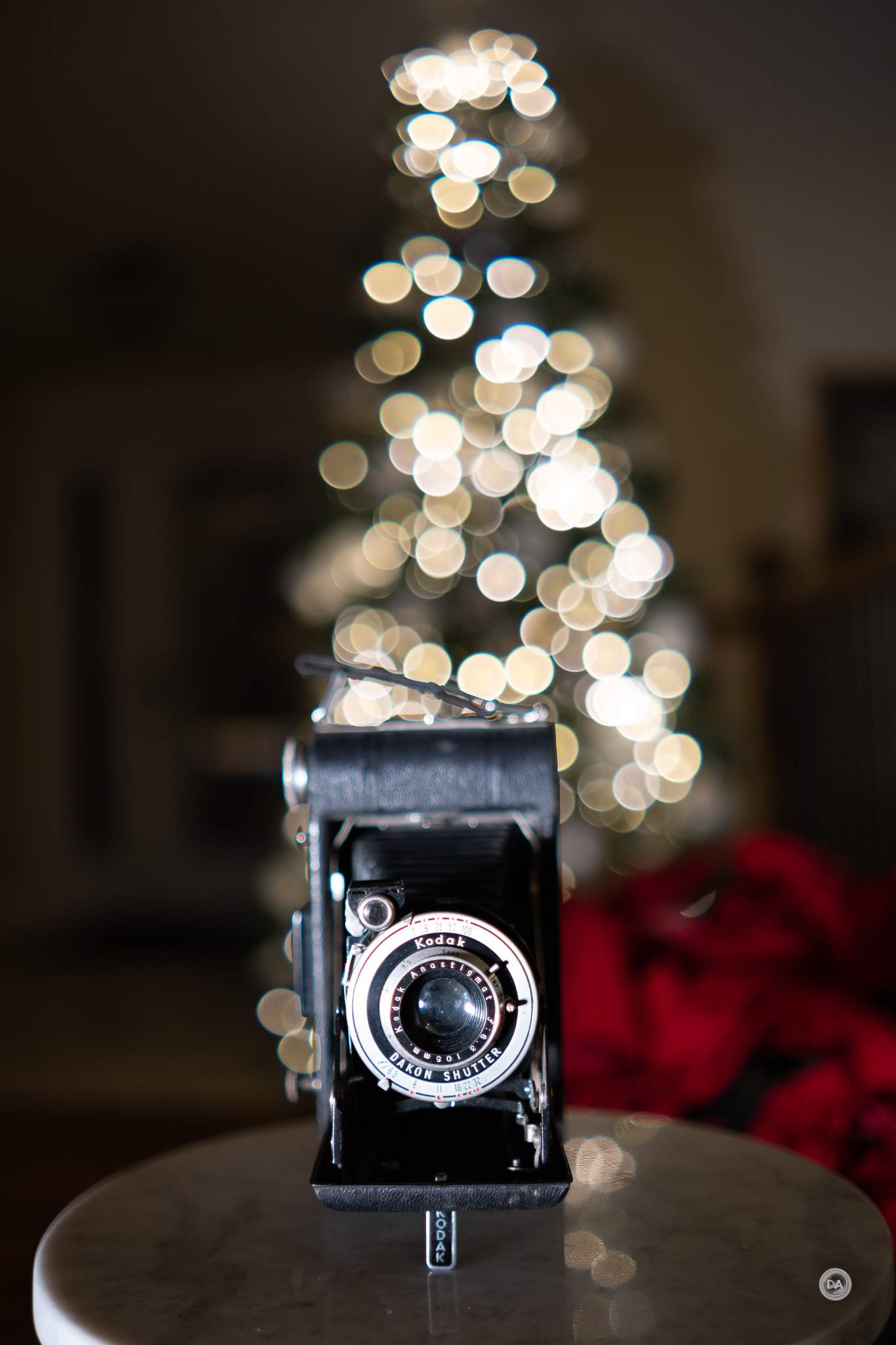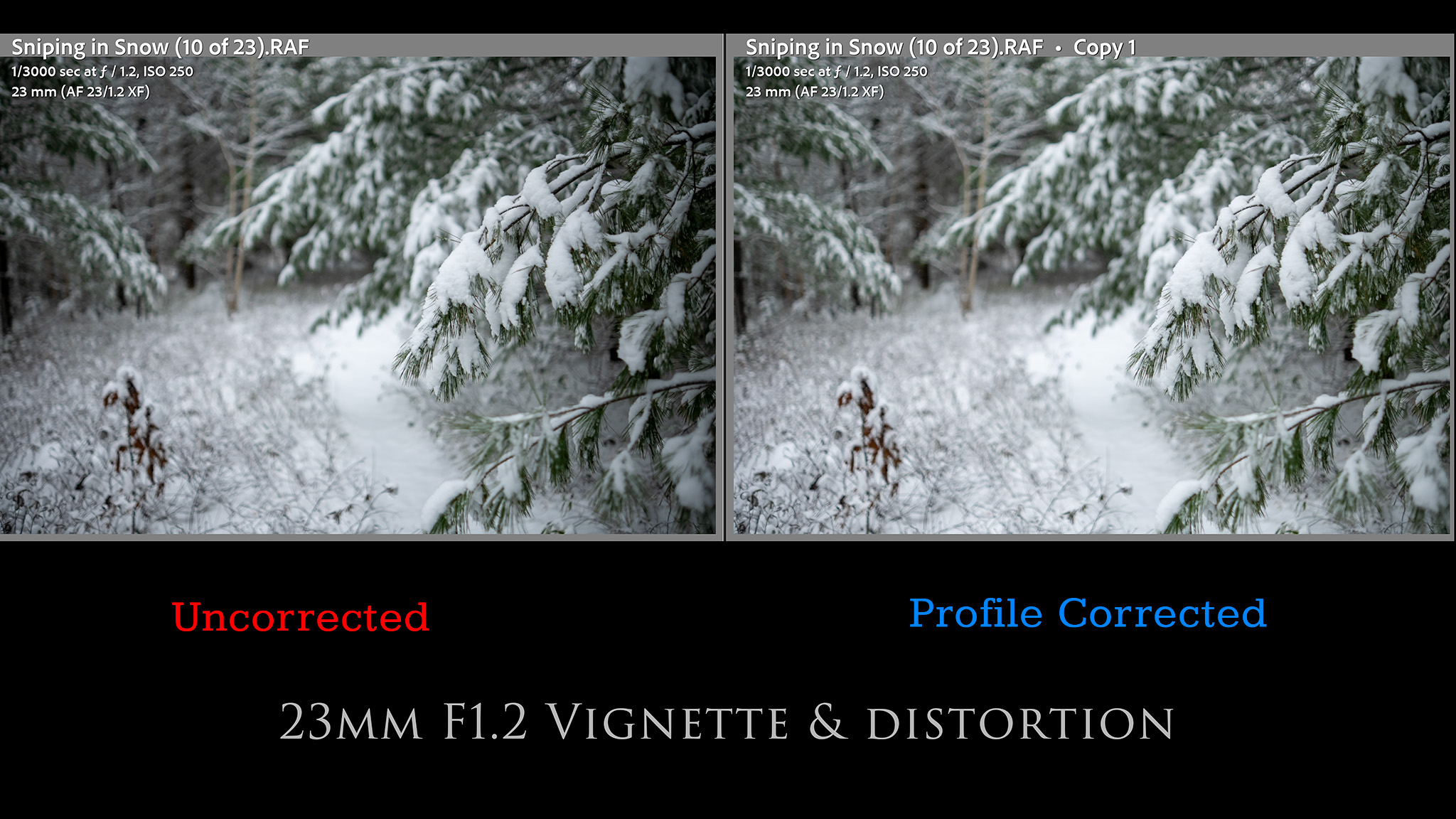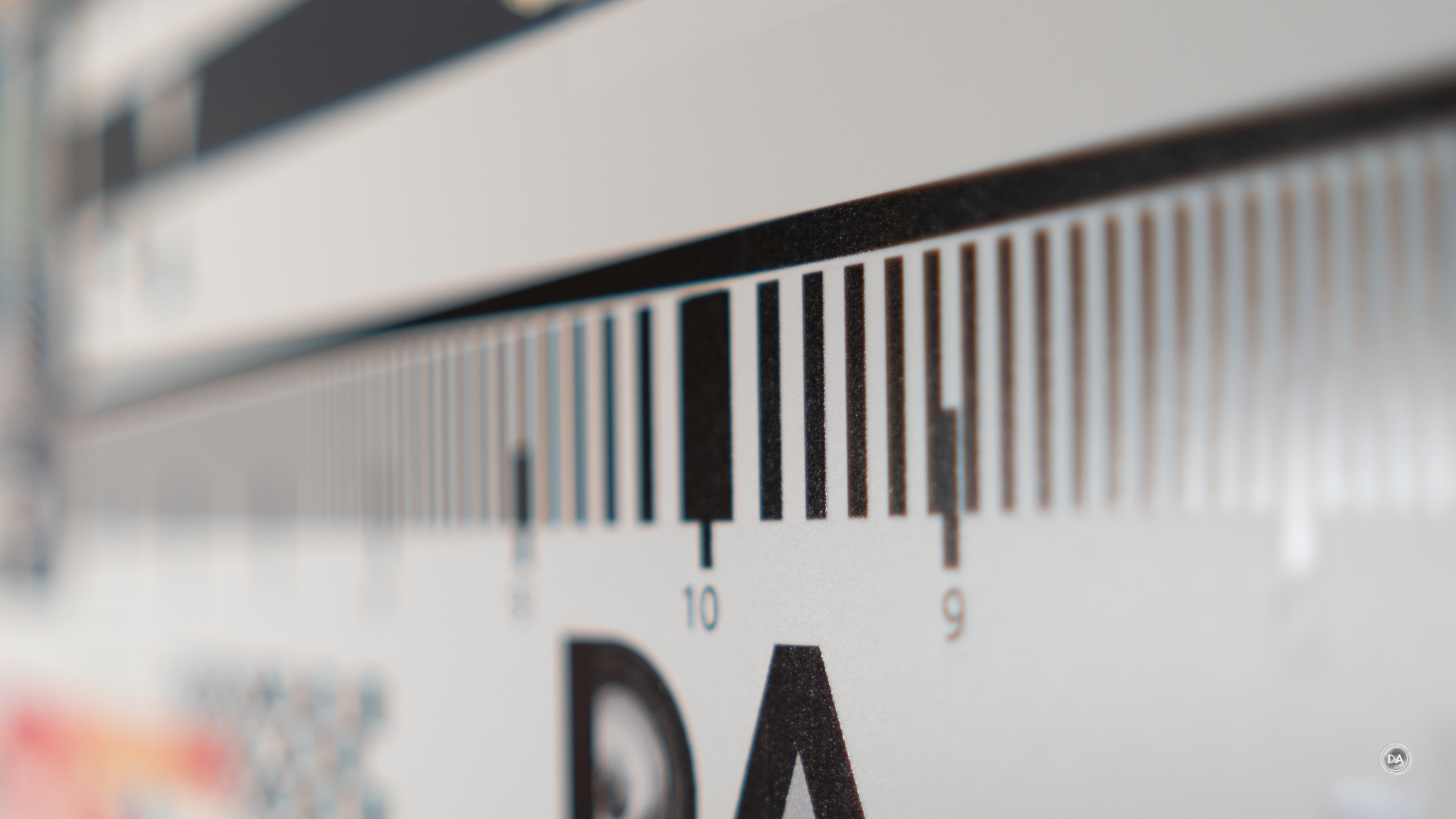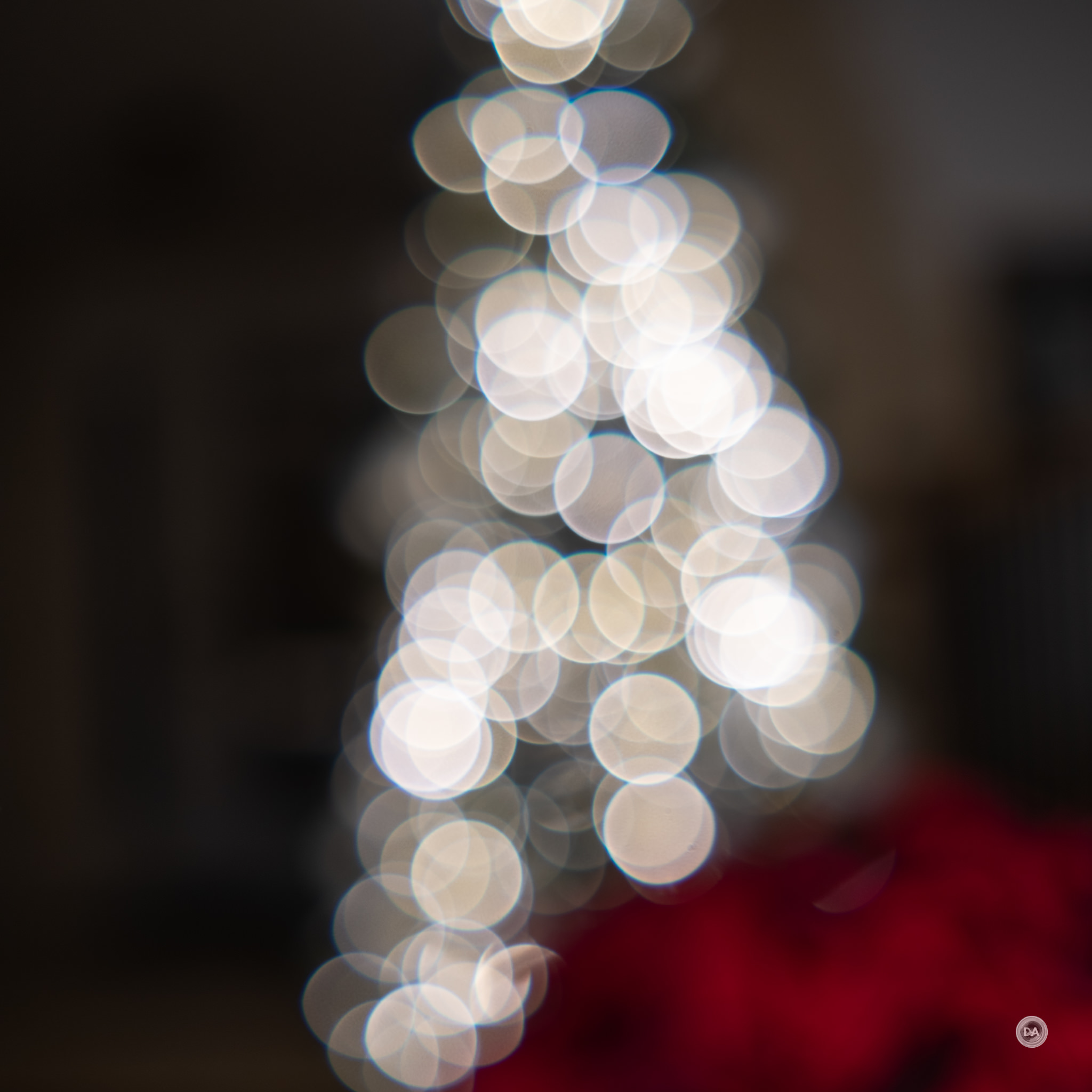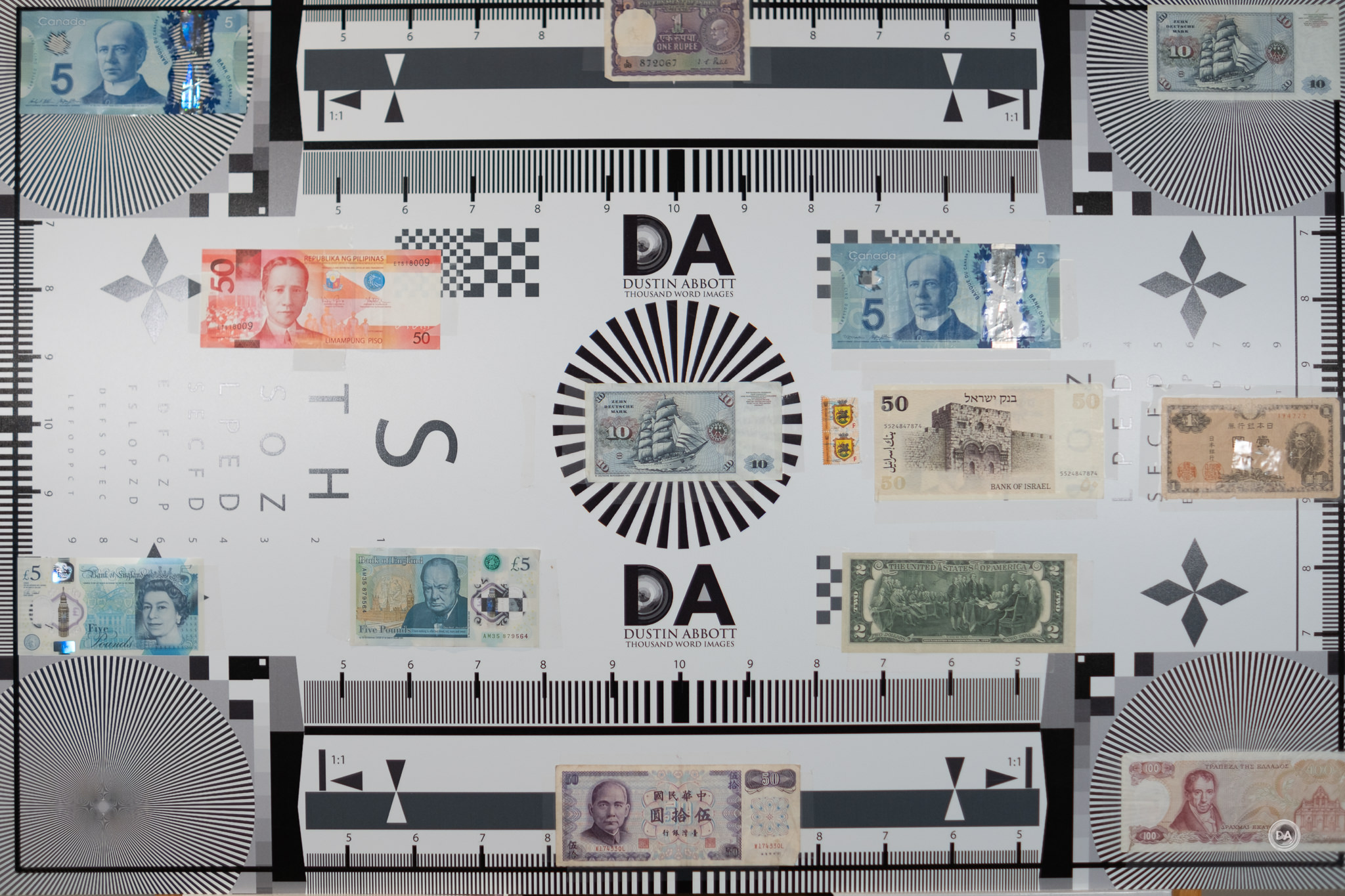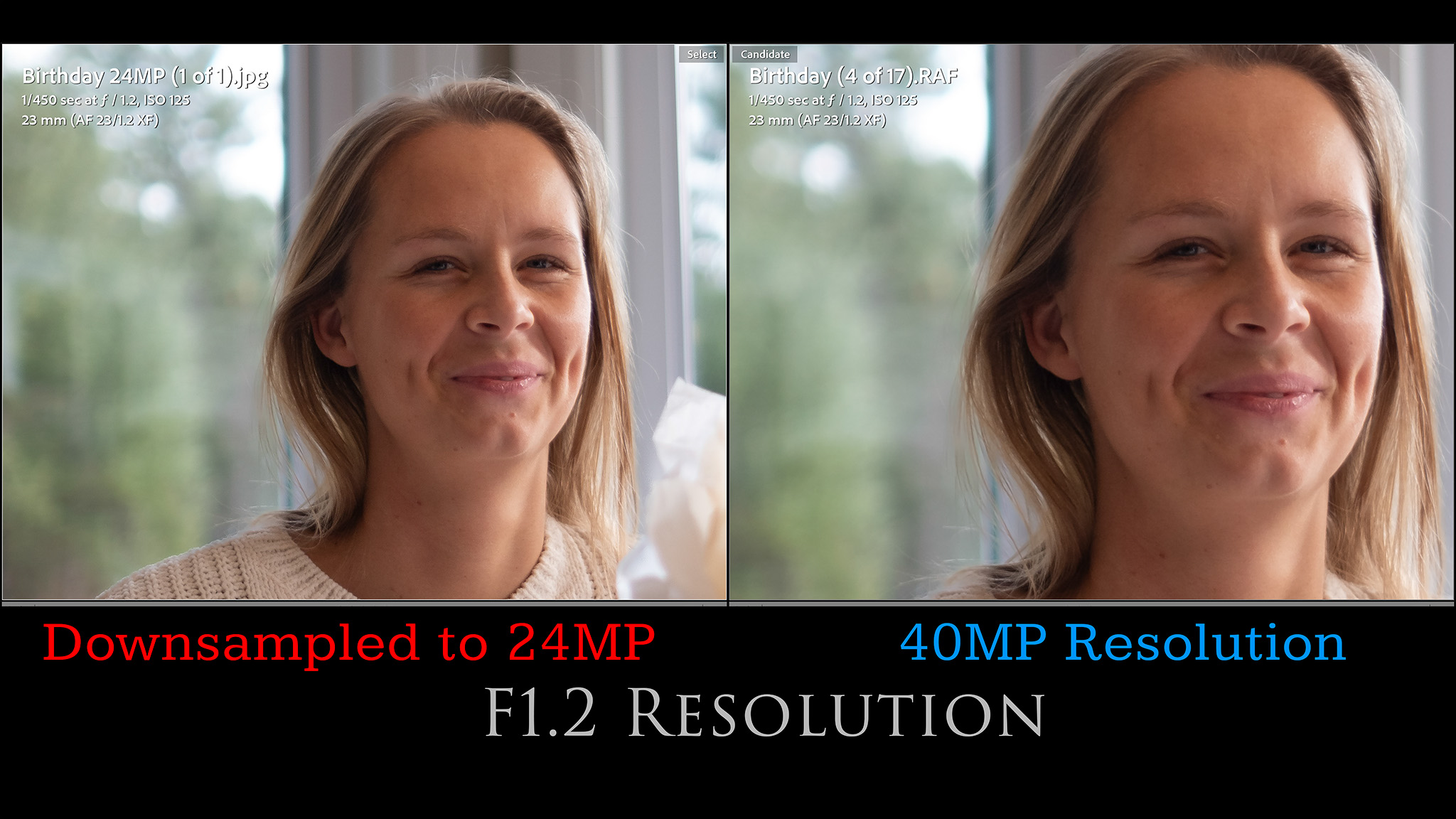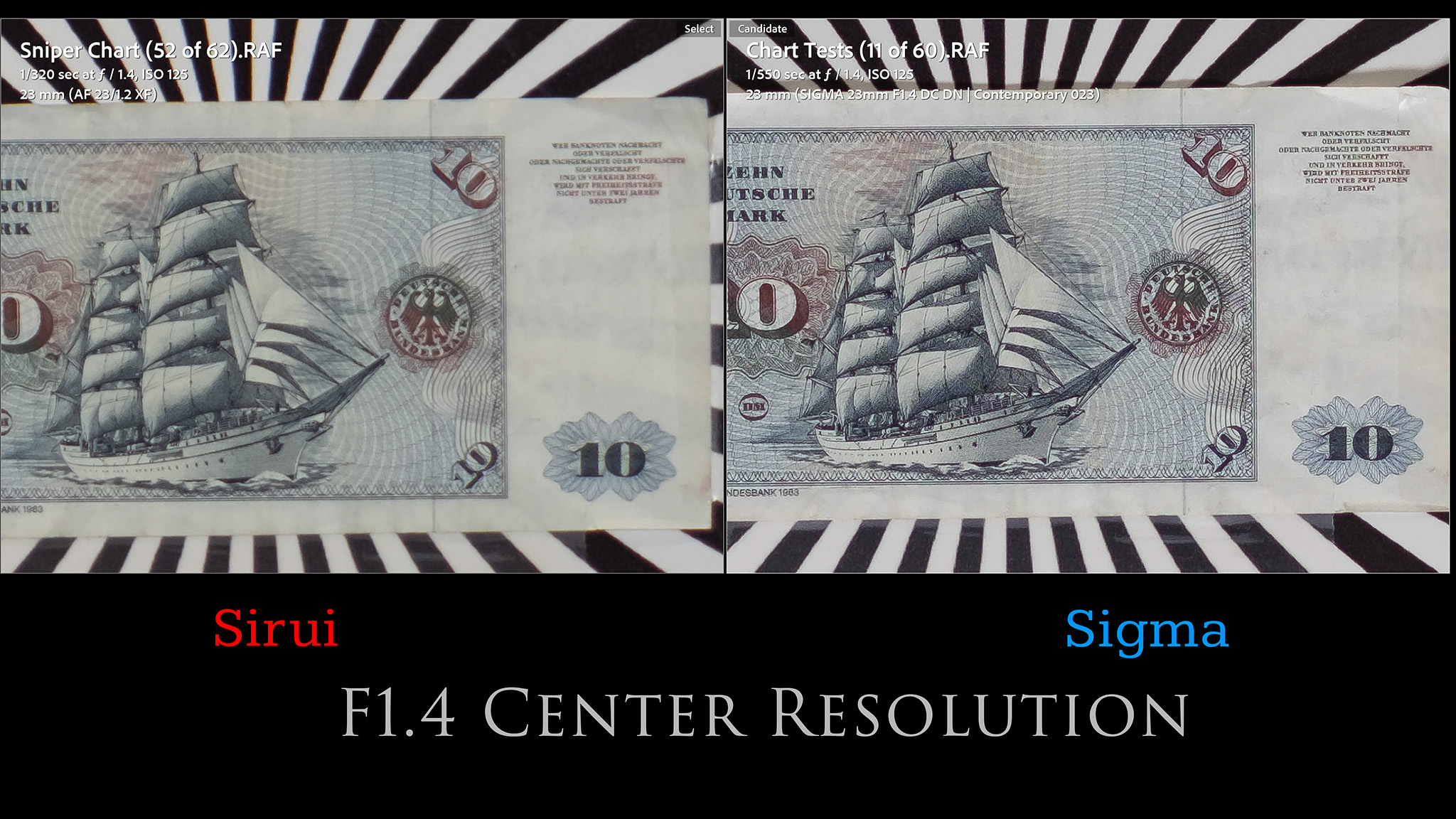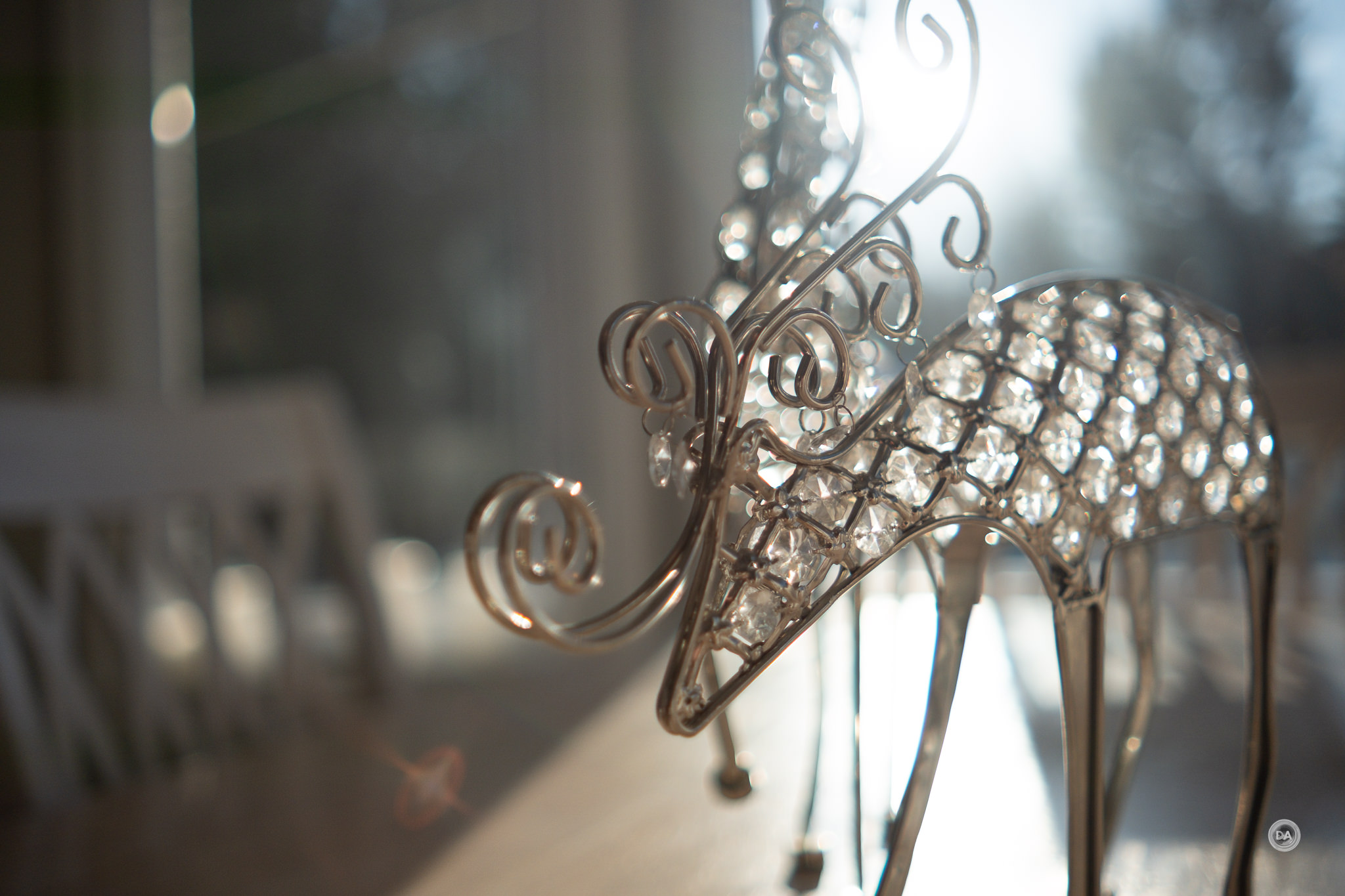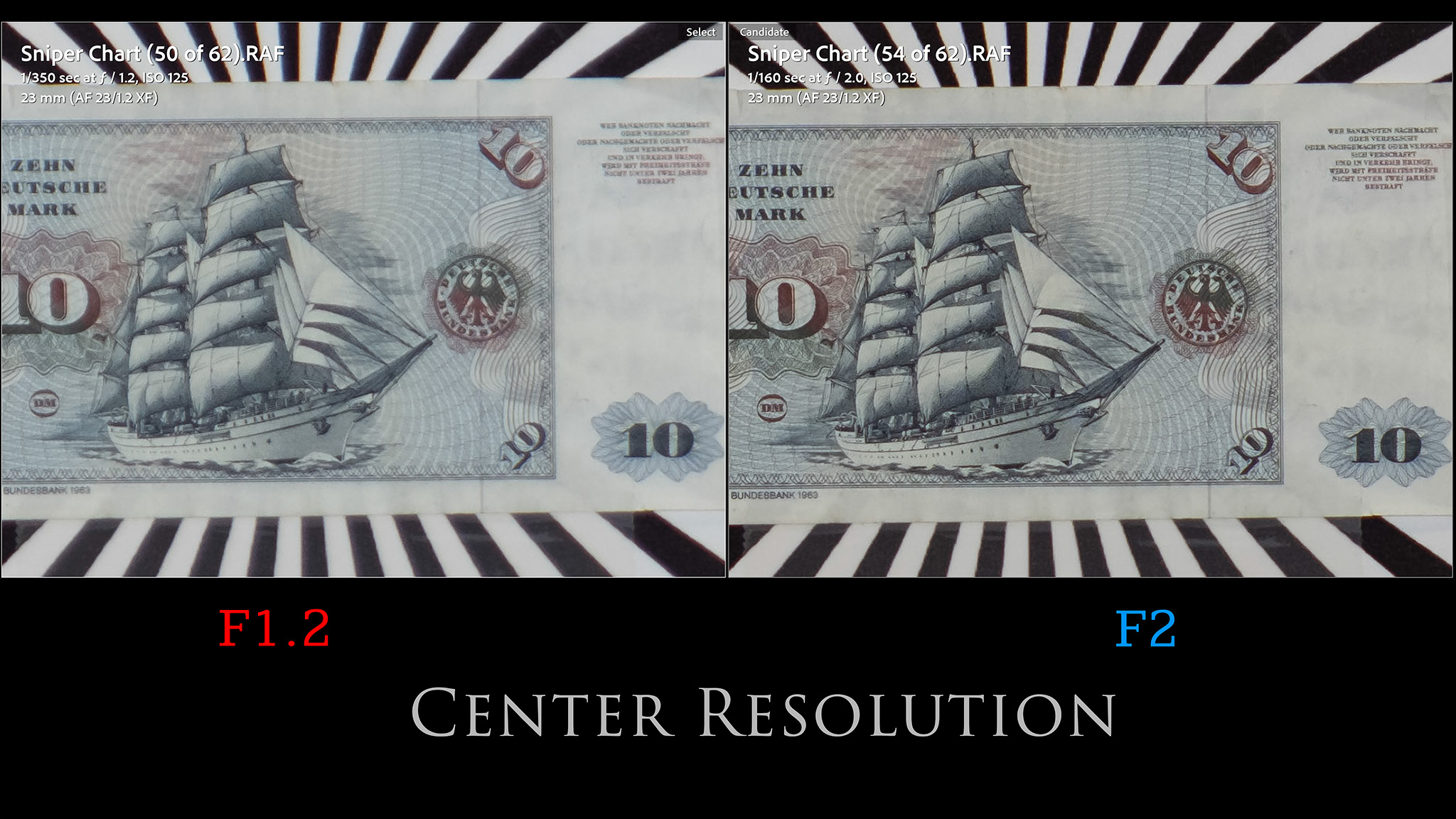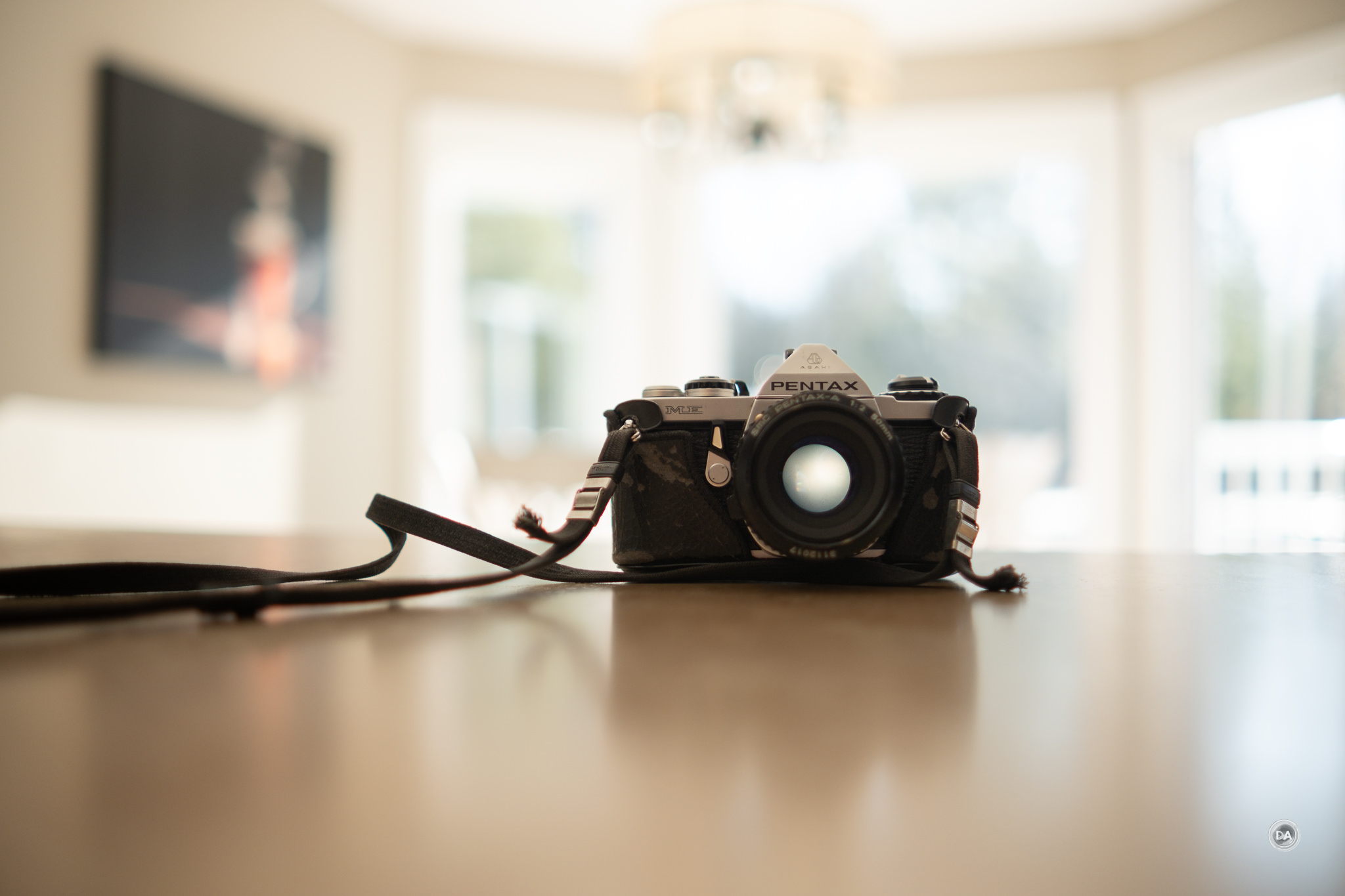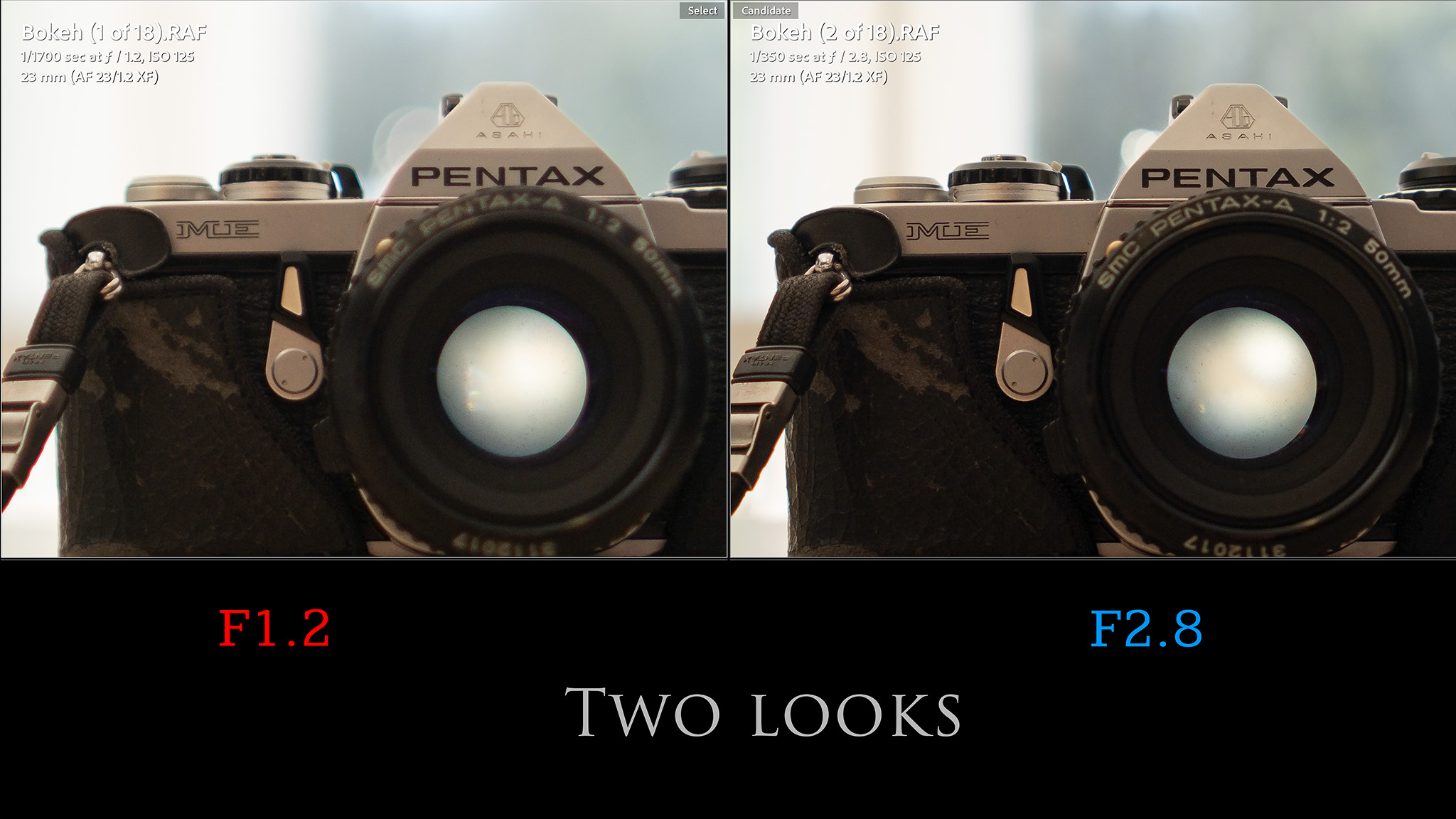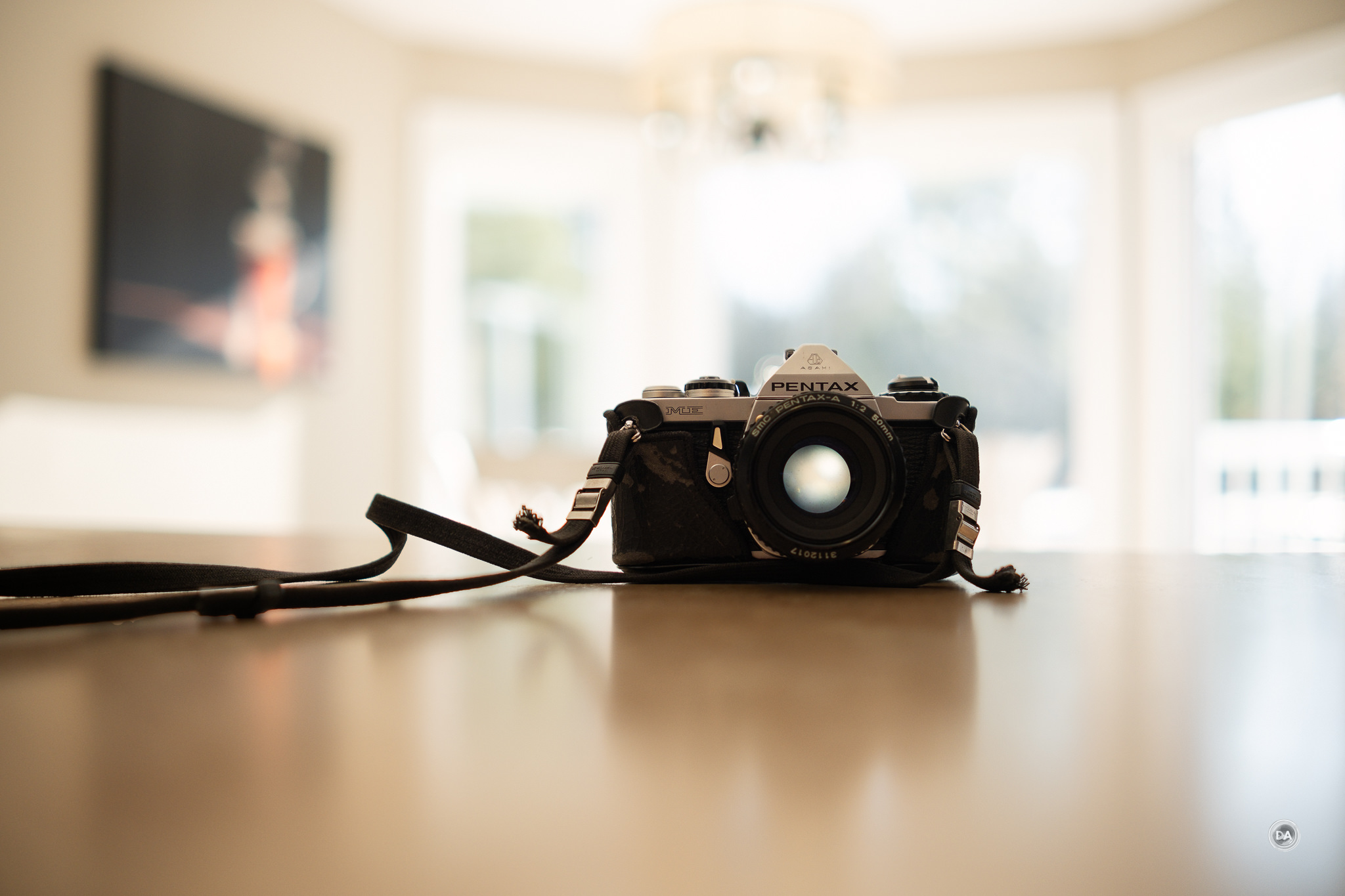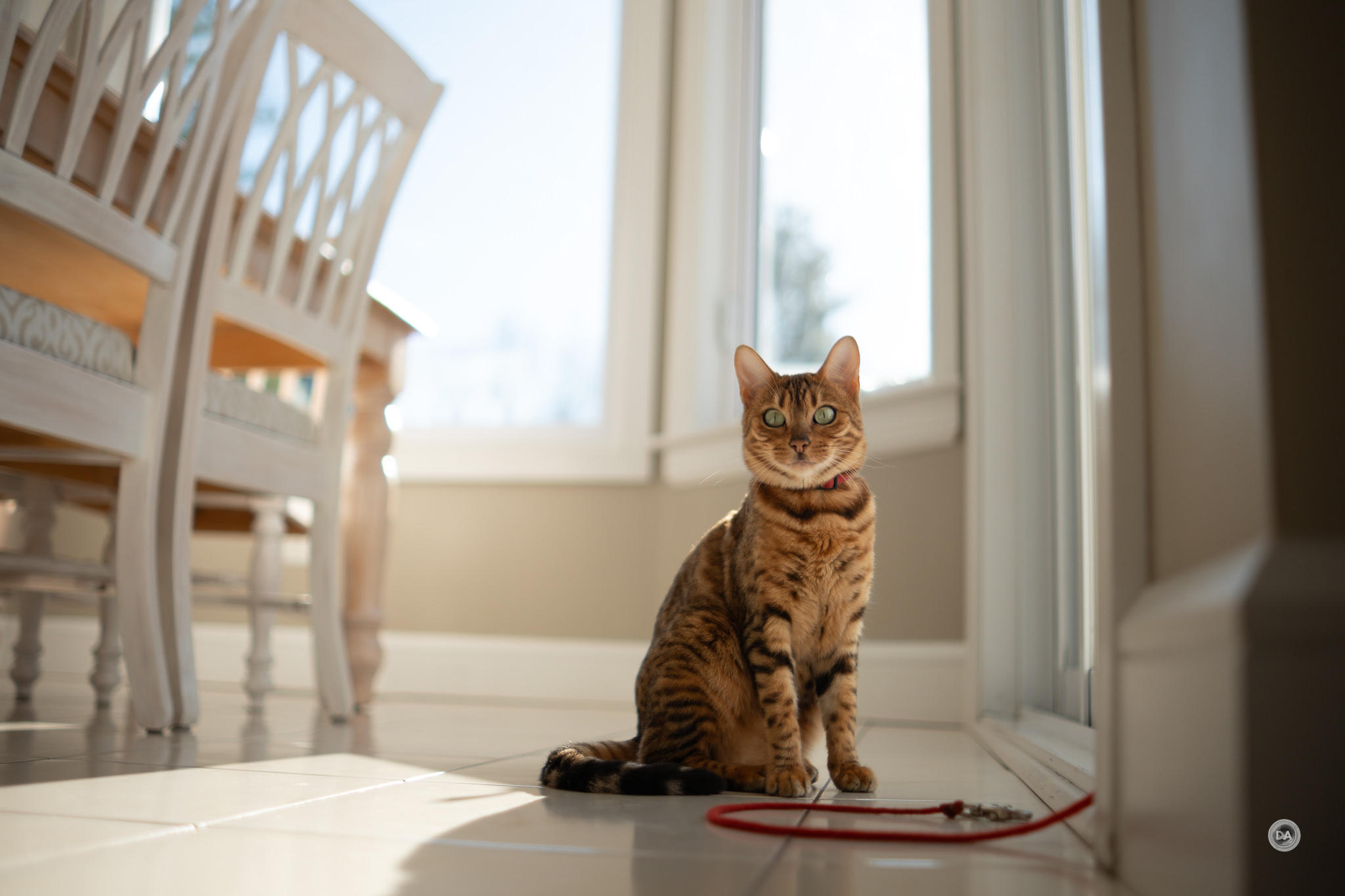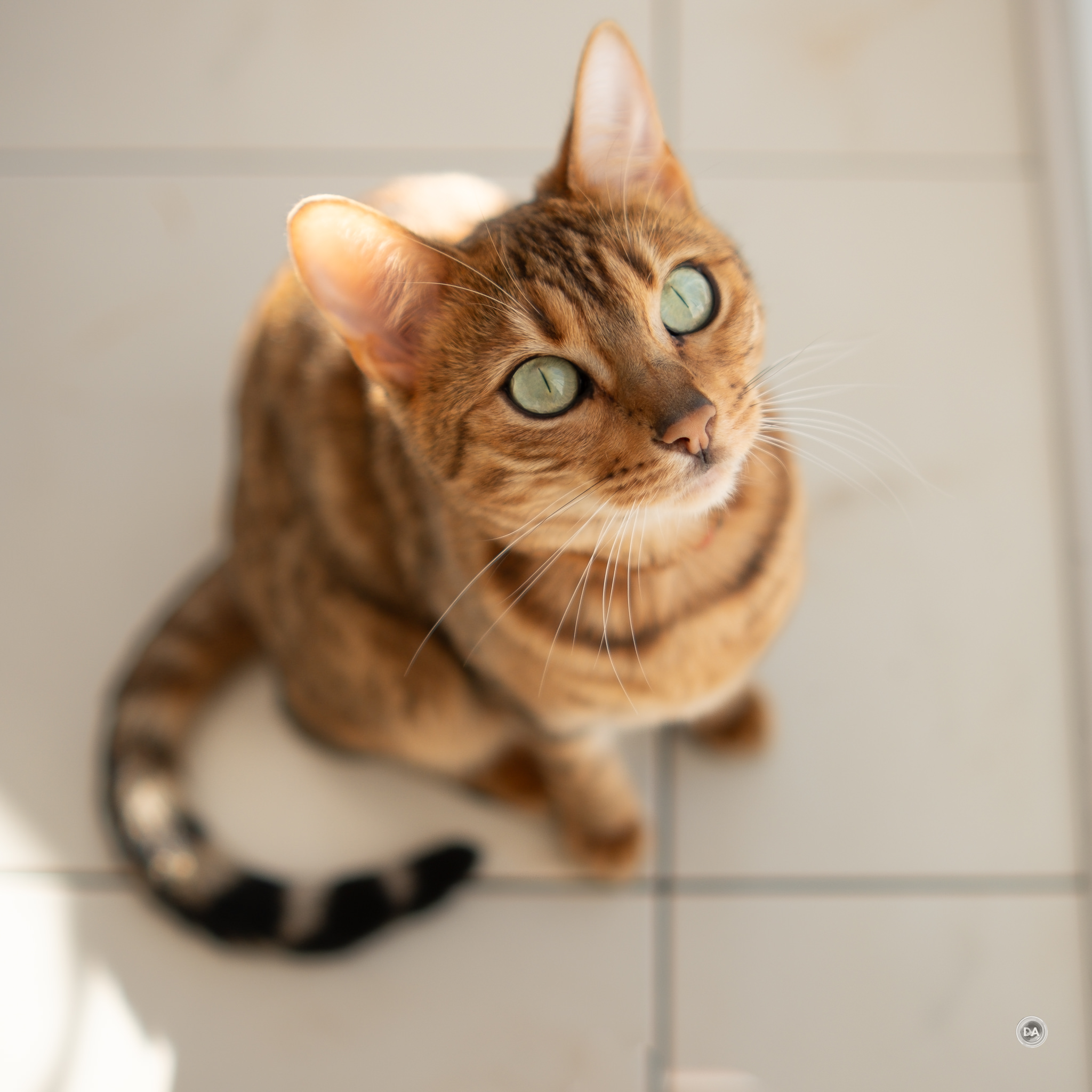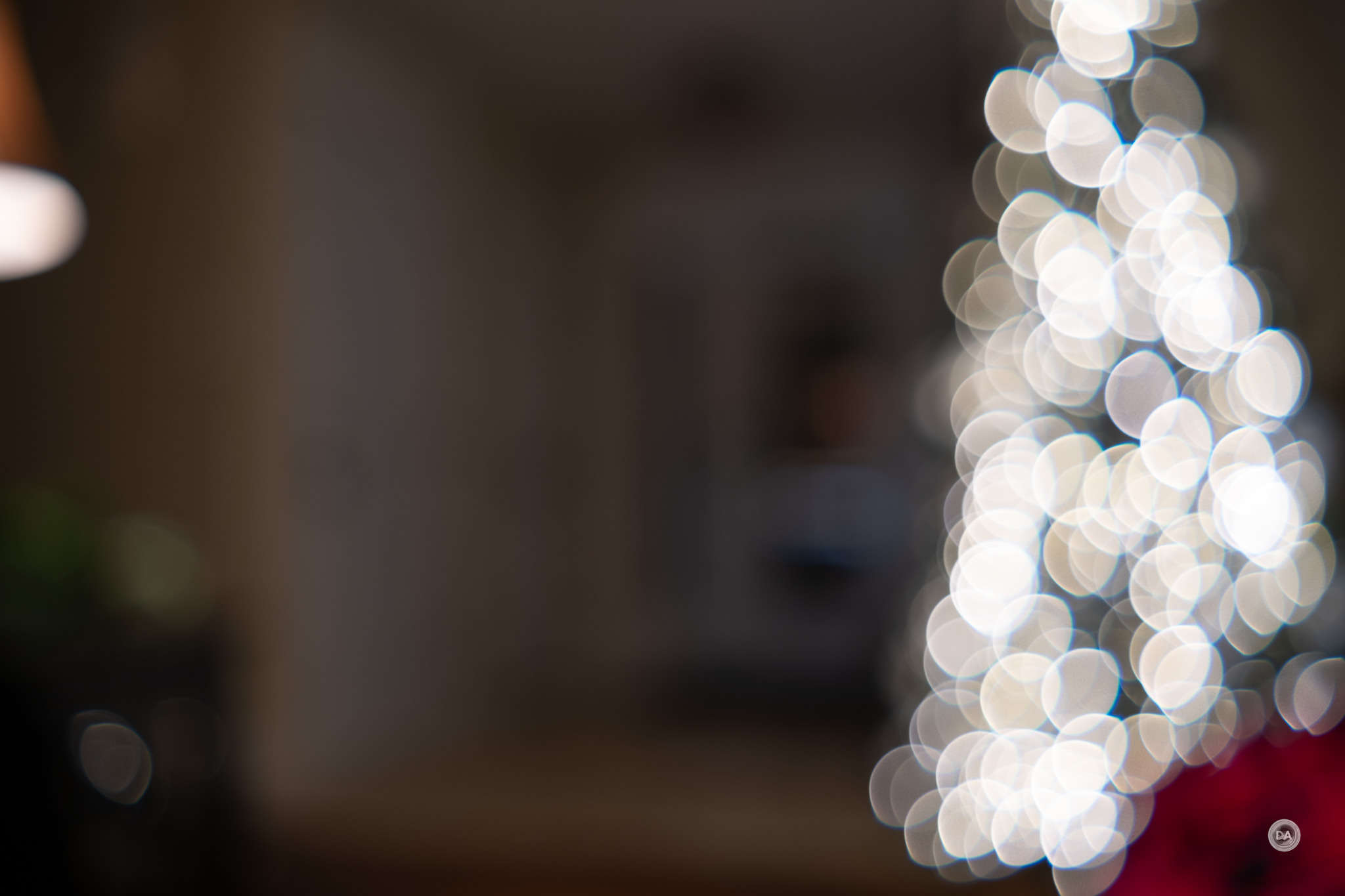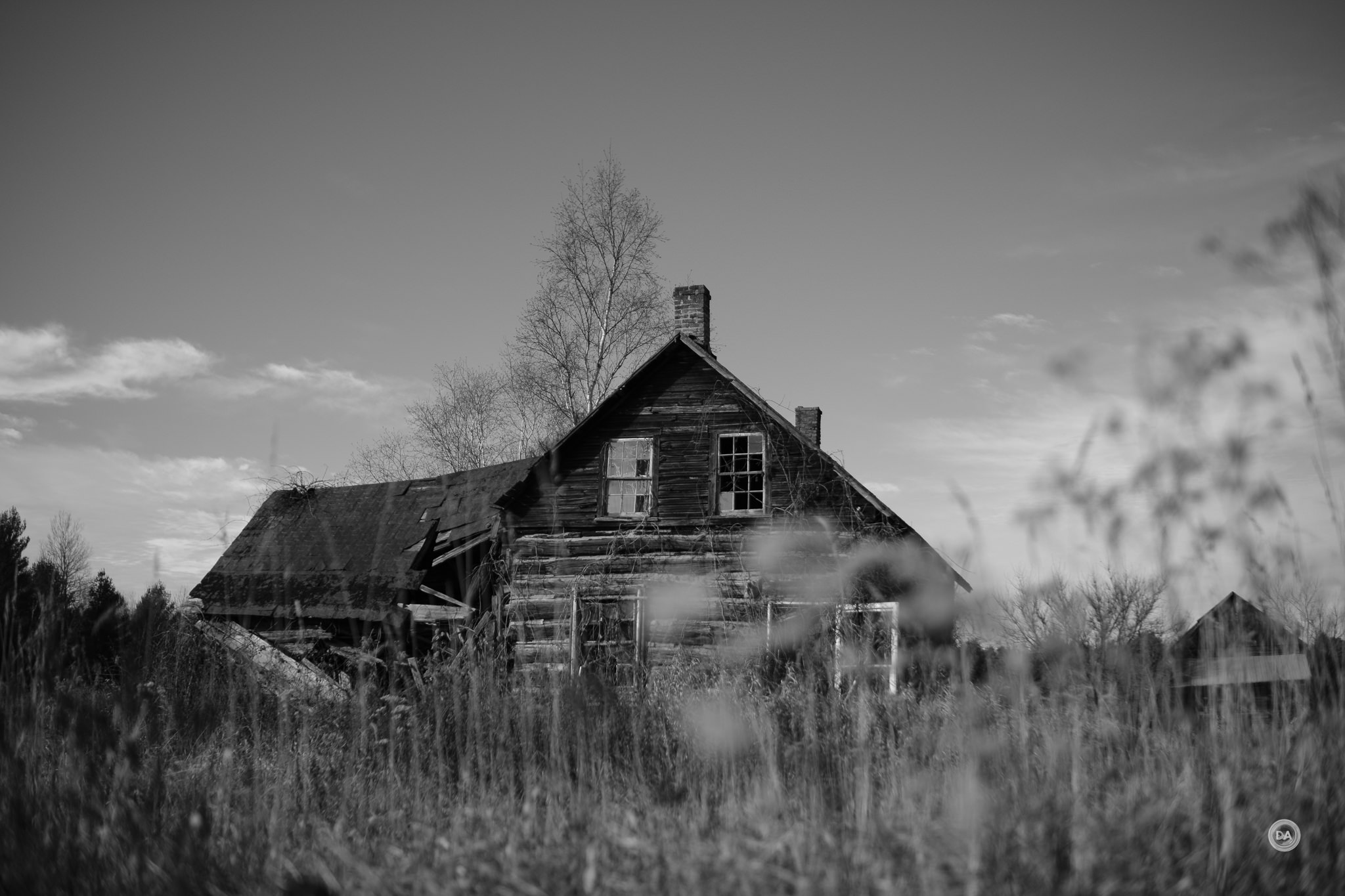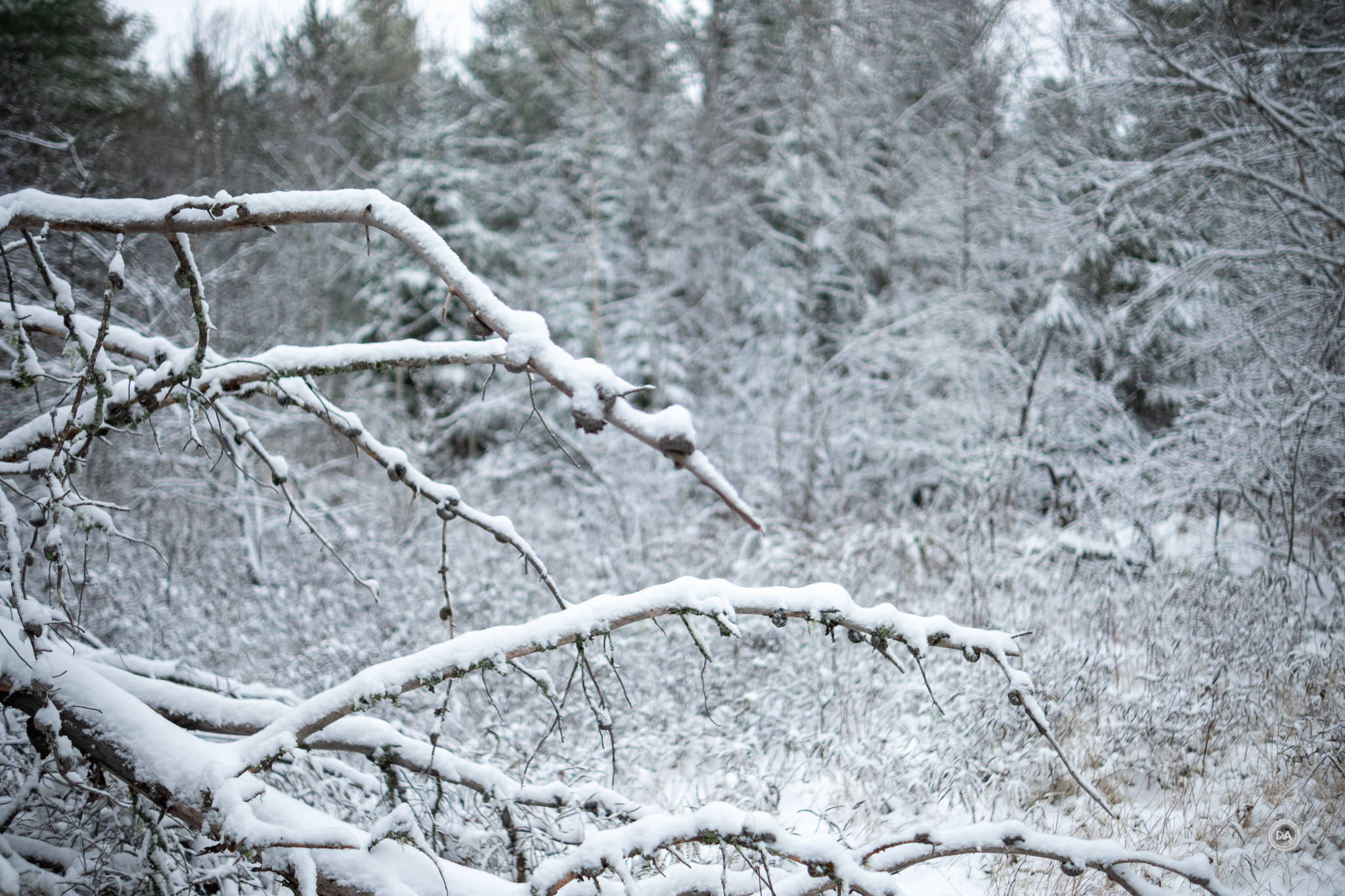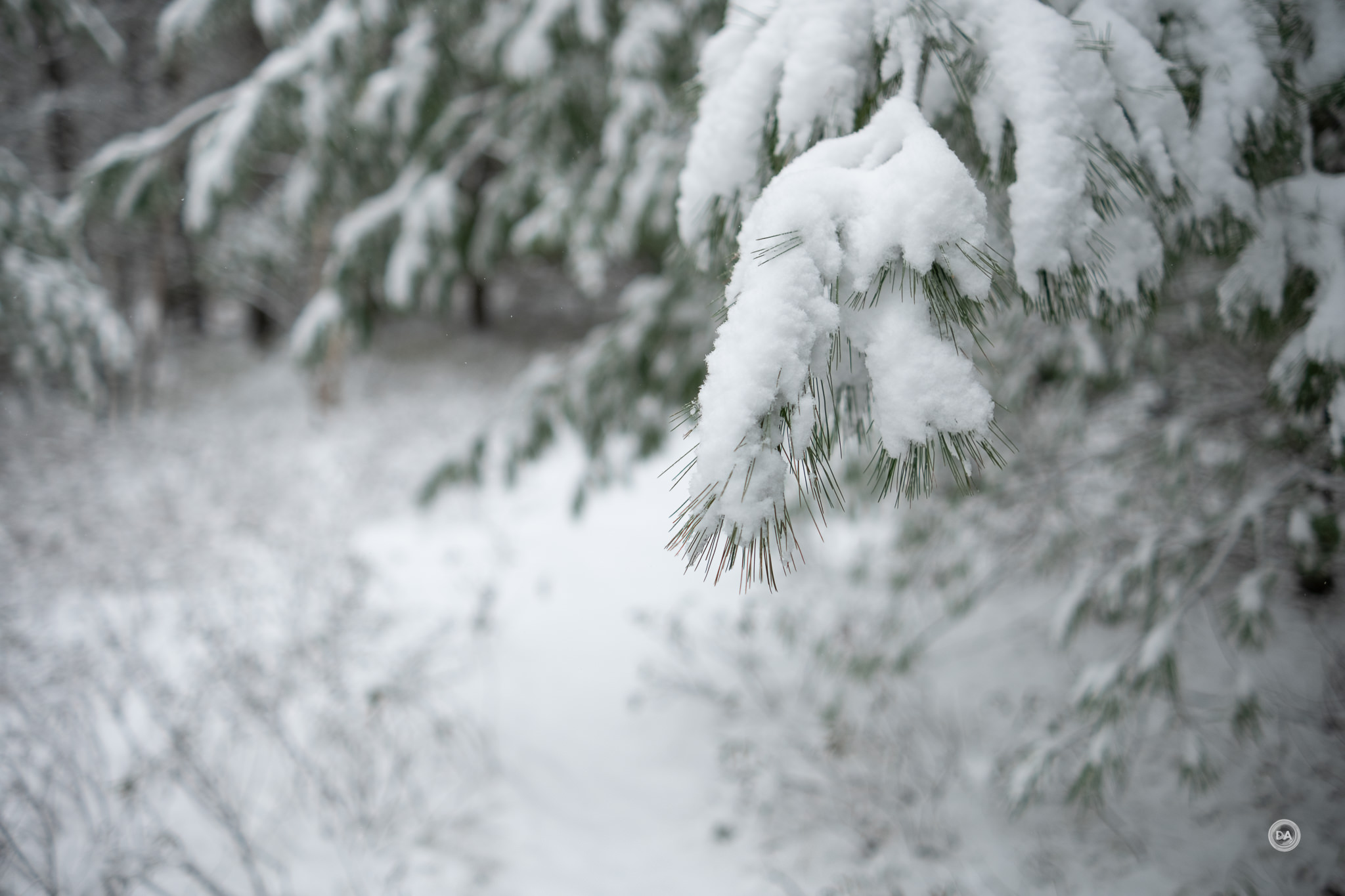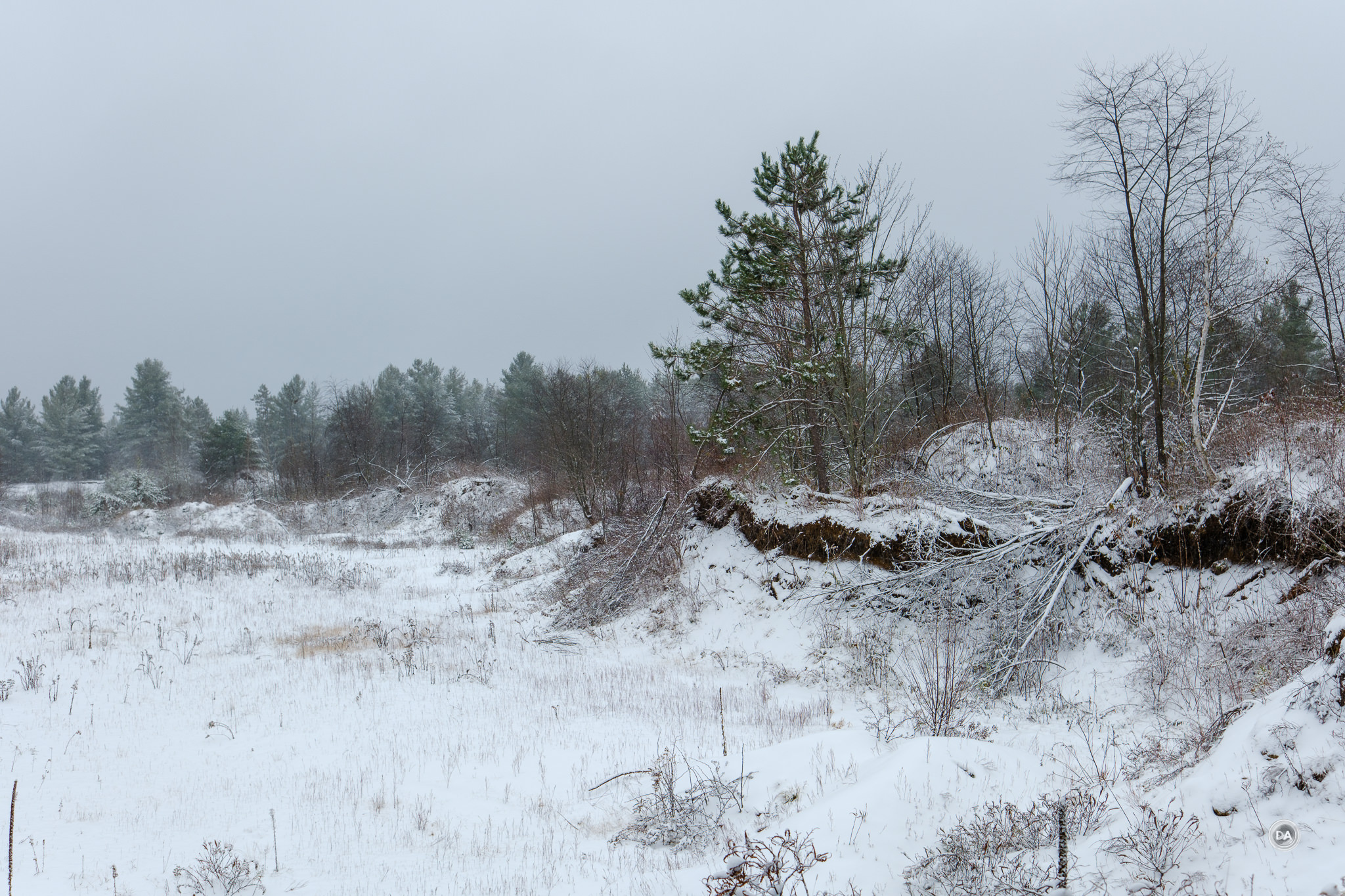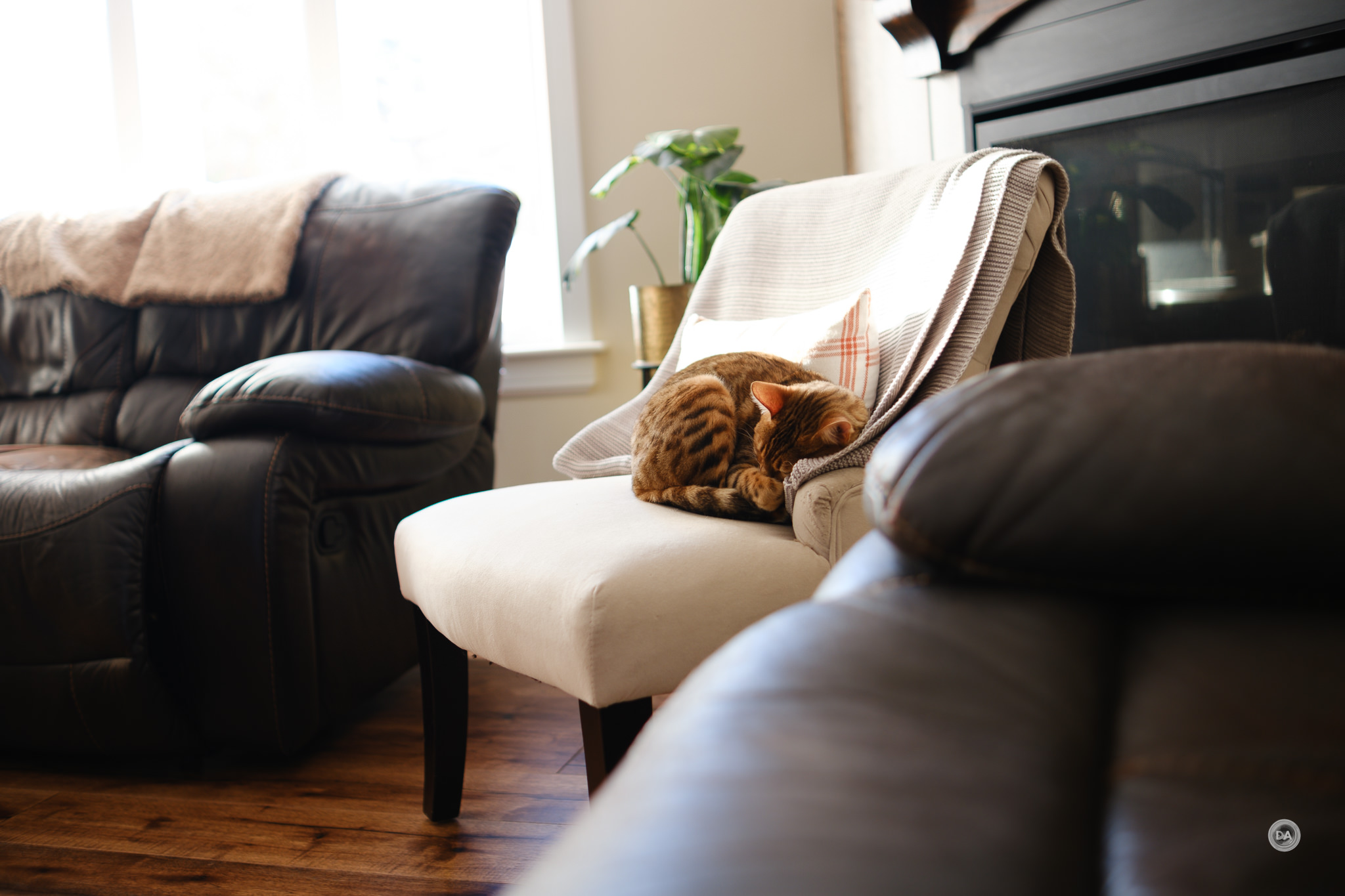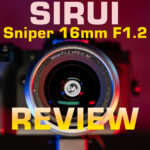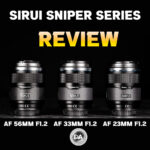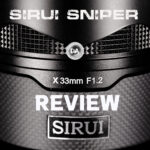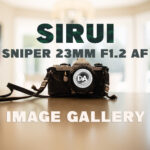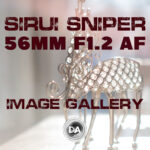It is always interesting to see new lensmakers entering the market. My only previous Sirui review was actually of a tripod, not a lens, but Sirui has started to develop lenses as well. They started with cine (video) lenses (all manual – no autofocus or electronics), but today we will be examining one of their first autofocus lenses. Their first autofocus lenses are called the “Sniper” series, and I’ve done an overview of the series here. The Sniper Series is made up of 3 APS-C specific lenses – a 23mm F1.2, 33mm F1.2, and 56mm F1.2 lens. These can be purchased individually for $349 USD each (though in the first month a 15% discount will drop the price to $299 USD per lens) or as a set for $999 USD that comes in a custom designed case. These lenses will be available in Fuji X-mount (reviewed here), Sony E-mount, and Nikon Z mount configurations, though in all mounts they are designed to cover the APS-C and not the full frame image circle. Today’s review focuses on the Sirui Sniper 23mm F1.2 AF lens, and will be followed by individual reviews of the 33mm and 56mm F1.2 lenses. Find out by watching my video review below…or just reading on.
Follow Me @ YouTube | Patreon | Instagram | Facebook | DA Merchandise | Flickr | 500px
Thanks to Sirui for sending me a set of review samples of the lenses. As always, this is a completely independent review. All opinions and conclusions are my own. I’m doing this review on a 40MP Fujifilm X-H2 camera.
__________________________________________________________________________________________________
I’m doing this review on Fuji X-mount today, as that is what Sirui had available to send me. In many ways this is jumping right into the fire, as there is no platform more optically demanding than the 40MP sensor on my Fujifilm X-H2. This is the equivalent of over 90MP on full frame, a resolution point that is currently 30+MP higher than what is even available on full frame. That creates an extremely demanding optical test that will push this new series to the limits. Is this 23mm F1.2 Sniper lens up to the challenge? The answer, as we’ll see, is somewhat complicated. One thing is certain, however, and that is that you can create beautiful images with this lens.
23mm is actually a fairly popular focal length on APS-C, as once you apply the 1.5x crop factor of the camera you mount it on (whether Fuji, Sony, or Nikon), you have a full frame equivalent focal length of 35mm. That’s one of the staples for photographers, as it gives a moderately wide angle of view without any extreme stretching of the subject. What’s different here is that rather than having a maximum aperture of F1.4 like competing lenses, the Sniper 23mm pushes the envelop to F1.2, which is about a half stop faster/brighter than F1.4. In my quick illustrative test, my X-H2 metered at 1/90th second at F1.2, but 1/60th of a second at F1.4 with the Sniper 23mm F1.2 mounted. That’s an obvious advantage for the F1.2 in two ways: 1) when shooting in low light conditions – that large aperture can suck in more light 2) the depth of field will shallower at F1.2 than F1.4, allowing for larger, softer bokeh highlights and a more blurred out background.
The Sniper series ambitiously will come in three different finish styles: a black/grey finish with carbon fiber accents (the lenses I’m testing come in this finish), a white finish, and a silver finish. Each is available for the three different mounts that lens is sold for.



We’ll explore the design more thoroughly in the next section, but I want to congratulate Sirui on forging their own design philosophy. These lenses don’t really look like anything else I’ve tested, but the design works and the lenses in person look quite premium. So, does bright F1.2 autofocusing lenses for a reasonable price sound interesting? We’ll explore that in this series of reviews.
Here’s a quick way to access my reviews of each lens in the series:
If you want my thoughts on the series in general, you can either read my text review here or watch this video. We will continue on with the specialized review of the Sniper 23mm afterwards.
Sirui Sniper 23mm Build and Handling
The Sniper series all share a common outer shell and exterior dimensions, though their weight varies due to the fact that the glass elements inside are larger and heavier in the 33mm and particularly the 56mm renditions. *This section will have a certain redundancy to my review of the series and other individual lenses because so much is shared in common, but I will give specifics in the few areas where the lenses vary from one another. The lenses share a common dimension of 72mm (by my measurement) or 2.83″, and in X-mount they are 92.2mm (3.6″) in length. They all share a common 58mm front filter thread, making it easy to share filters across the set. Here’s a look at the individual specifications of each lens.
As noted, the weight varies according to lens and mount. The X-mount that I’m testing is actually the lightest (by a few grams), due to the X-mount being the smallest of the three in diameter. Nikon’s Z-mount is the largest in diameter, with Sony E-mount in between. The 23mm weighs in at 380g (13.4oz), the 33mm at 398g (14oz), and the 56mm is 419g (14.7oz). That makes these lenses larger and heavier than similar 56mm lenses from Sigma (280g) or Viltrox (290g), though those lenses are F1.4 rather than F1.2. Sirui has taken a bit of a gamble here. Going to a bright F1.2 aperture allows their lenses to stand out from the competition, but those looking to travel small and light might shy away.
As noted, the look of the lenses is unique. There’s not much here in terms of features, but the lenses do have an upscale look with a variety of textures and finishes. I’m reviewing the lenses labeled as being “black”, but black (at least in the typical lens sense) is not the vibe I get off these lenses. There are two metal sections (one near the lens mount and another in the middle of the lens) that has a traditional anodized satin black finish, but in between there is a section of genuine carbon fiber that looks very cool. Carbon fiber is a more upscale material and it definitely sets these lenses apart.
There are two badges in this section. One is a plate with the Sirui banding in raised metal lettering.
The second is on the left side, and there is a another smaller badge that says AF and APS-C. Interestingly the word “Sniper” appears nowhere on the lens.
There are no switches on the lens barrel nor an aperture ring. That’s more noticeable here on Fuji, where aperture rings are fairly standard. The similarly priced Viltrox AF 23/33/56mm F1.4 lenses have aperture rings, and obviously Fuji’s own 23mm and 33mm F1.4 lenses along with the 56mm F1.2 lens have aperture rings, though, to be fair, those lenses cost nearly as much as the whole Sniper series, not one lens.
That middle anodized metal section includes an interesting projection over the carbon fiber section that has the lens designation there, including the mount (X, on my review samples), focal length, and maximum aperture value. Keeping that section facing forward in the lens case is important as it allows you to easily distinguish which lens is which – important, since they all look the same.
Next comes a manual focus ring with a diamond pattern akin to Canon’s control rings rather than a typical ribbed finish. It’s one more area where the lenses maintain their own unique look.
The manual focus rings move smoothly and the weight is fairly light. Not so light that you can’t accurately focus, but a bit lighter than what I personally prefer. There is no obvious stepping when manually focusing, though I do find (as per usual on Fuji!) that large manual focus changes require a number of rotations. This is particularly true if you are trying to focus towards minimum focus; I counted 6 full rotations to get from 1 meter to minimum focus.
After the focus ring is a blue accent ring that is nearly turquoise in color. Once again it is little different than other lens that I’ve tested, and it works. The final section at the front of the lens has a titanium colored anodized metal finish, so less than half of the lens surface is actually purely black. Each lens color has some unique ingredient: black = carbon fiber, silver = aluminum alloy, white = ceramic baked paint.
A look at the front of the lens shows the 58mm filter threads (in metal), along with a front facade that has the lens designation and the filter size on the opposite side.
The included lens hoods are not quite as special. They are made of plastic and feel considerably cheaper than the lens itself, which feels quite premium. The hoods for the 23mm and 33mm are petal shaped while the hood for the 56mm is deeper and without the scallops. I do appreciate the ribbed section in the hood which gives a little more grip.
It’s worth noting that both the front pinch cap along with the rear cap are quite low profile. The front cap is just a few millimeters thick, and the rear cap too feels slimmer than usual. These little details stood out to me as nothing about the lenses felt generic or “by-the-numbers”. Sirui is doing their own thing here, and I like the attention to detail.
At the rear of the lens we have a metal lens mount complete with the appropriate electronic contacts; aperture will be controlled from the camera. There is a USB-C port there that will allow for future firmware updates. That’s a really important move by Sirui, as they are new to autofocus design. The ability to update the focus algorithms in their lenses will help them to focus better in the future and also allows the lenses to be futureproof.
The aperture iris is made up of a higher-than-average 11 rounded blades. That’s a great choice in a lens with an F1.2 aperture, as it helps assure that the aperture iris stays circular as the lens is stopped down. Here’s a look at the aperture stopped down to F4:
The minimum focus distances varies from lens to lens, with the 23mm focusing as closely as 30cm, the 33mm focusing as close as 40cm, and the 56mm jumping to 60cm. The magnification for each lens looks pretty similar, however. Sirui has not listed the maximum magnification, but it looks to be in the very low 0.10x range. Here’s a look at the 23mm’s maximum magnification.
The large maximum aperture will allow you to strongly blur out backgrounds if you get close, but some competing lenses will allow you to get closer and get a higher level of magnification. You can see from this shot of a lock that I can’t get particularly close to the subject, but the big aperture blurs out the background pretty well anyway.
There is no weather sealing gasket on the Sirui Sniper lenses or internal seals. These are not weather resistant lenses.
There are some pros and cons for the design and handling. On the positive side, the lenses look and feel great. There are some premium materials being used in the design and the attention to detail is excellent. On the negative side, there are no real features on the lenses outside of the USB-C port for firmware updates and the lenses are the largest and heaviest in the class. But also worth considering is that the lenses have a larger maximum aperture than competing lenses and also carry a bargain price tag for autofocusing F1.2 lenses.
Autofocus Performance
The Sirui Sniper lenses are all equipped with STM (stepping) focus motors. There is a certain amount of autofocus performance that is camera and camera system specific, so I’ll try to distinguish between the lens performance and the system performance as much as possible. My experience is that third party lenses focus better on Sony (I don’t test Nikon) than they do on Fuji, and that’s largely because Fuji’s autofocus systems in their cameras are not quite as sophisticated as equivalent Sony cameras.
Autofocus speed and sound is roughly average for an STM motor. When doing my focus speed tests with the Sniper 23mm from close to distance, I found that most of the focus happens quickly, but that initial focus burst only gets focus about two thirds there. There is the tiniest “step” before focus is completed that slows the overall focus speed down just a bit. Most smaller focus change are quick enough that you don’t think about them. There is faint clicking sound during autofocus that I can basically only hear with my ear close to the lens.
Autofocus accuracy was fairly good, locking onto the proper subject and delivering accurate focus the majority of the time, though the lower contrast at F1.2 makes you question at times if focus is actually accurate.
I found that Eye AF tracking worked well on my X-H2, with the camera locking onto the eye and tracking it accurately as I or the subject (or both) moved around. I used the Sniper 23mm for a birthday party for Craig and his wife, and autofocus delivered accurately focused results.



I went on a hike with the Sniper 23mm after our first snowfall and came home generally happy with my autofocus results, and there was nothing that really stood out (good or bad) from my normal experience with lenses on Fuji. I consider that a win for Sirui considering that this is their first attempt at autofocus. The subject for this shot is a very slim, but focus is nailed even at F1.2:
I also took photos one evening as we were playing a Jamaican game called Ludi. I got accurately focused results of the pieces even at F1.2:
In general, I would say autofocus for stills was pretty good.
Video autofocus was a little more frustrating. Again, to be clear, I often find video autofocus on Fuji a bit frustrating relative to Sony and Canon, the other two primary platforms that I review. Part of my tests include touch to focus (creating autofocus pulls from one subject to another), and Fuji’s touchscreens are typically not as reactive as those from other brands. I’m also far more likely to see visible steps in autofocus pulls and other similar hang-ups. But all of those things get magnified when the lens attached to the camera is also not particularly reactive. That’s the case here with the Sirui Sniper lenses to varying degrees.
In my video focus pull tests I saw a lot of visible stepping, where autofocus happens in segments rather than in one smooth sweep. Focus pulls are fairly slow as a byproduct, and the autofocus just doesn’t feel confident in that situation.
My hand test (where I alternately block and then unblock the camera’s view of my face with my hand) further enforced those perceptions. I needed to be very deliberate in leaving enough time for the lens to transition from my face to my hand and vice versa as that process was neither reactive (to the hand being added or removed) or fast to transition focus the short distance from the hand to eye. If your video style utilizes quick transitions, then these lenses will not be for you. It was hard to get a still frame of my hand accurately focused because of how long it took focus to get there.
I saw better results when I had a subject in focus – the AF would typically keep the subject in focus so long as they aren’t moving too fast. It does a better job when making fine adjustments rather than major or reactive ones. This still from a clip of my little performer trying to get my attention shows how the lens was maintaining focus even at F1.2:
It’s important to remember that these lenses are F1.2. That large maximum aperture does put more pressure on focus systems, so kudos to Sirui for being brave enough to take on that challenge in their first attempt at autofocus. For context, however, the Viltrox Pro AF 27mm F1.2 that I reviewed a few months ago definitely has more power in its focus motor, and focus for both stills and video was faster and more reactive than what we have here.
I wouldn’t be surprised if those testing the Sirui Sniper lenses on Sony and or Nikon have a slightly more positive autofocus experience, but I’m also comfortable in saying that alternatives are likely (at least at this stage) to provide a better autofocus experience…particularly for video. If your creative style is more focused on stills than video, you’ll probably be okay.
Sirui Sniper 23mm Image Quality
The Sirui Sniper lenses (surprisingly!) all share a common optical design of 12 elements in 11 groups, though they vary in the special elements in that formula. The 23mm has six HR (high refractive index elements). The 33mm has 1 ED (Extra low dispersion) and 1 HR element, while the 56mm has 1 ED element and 4 HR elements. Sirui claims that all three lenses have a uniform color tone, which adds to their value if you are using them as a set. I tried to get an MTF chart of the lens, but Sirui was a little coy about sharing their MTFs.
As noted in the intro, testing this on a Fuji 40MP APS-C sensor is an extreme torture test, and so you can expect to get more “gentle” results if you are shooting on a camera with a lower resolution point. In some ways I felt like the 23mm was the best of the bunch (at least in terms of sharpness and contrast). But it is not as sharp as either the Fujinon XF 23mm F1.4 (click hyperlink for my review) or the Sigma 23mm F1.4 DN. It is more like the Viltrox AF 23mm F1.4 in performance, which makes sense, as the Viltrox is the only one of the three similar in price to the Sirui. The Sigma is $550 USD; the Fuji? $900 USD!!!
There’s more to lens performance than just pure sharpness, though, and this lens does have an advantage over the others in terms of the aperture. You have the opportunity to get a little bigger, softer bokeh out of the Sirui Sniper 23mm.
We’ll dig into the details by taking a look at vignette and distortion. There’s a bit of barrel distortion (a +5 to manually correct) and the distortion pattern is very linear. I was able to get a very good correction manually. Vignette is the heaviest of this series at about 3 stops (a +90 to correct).
Interestingly, there seems to be a correction profile available in Lightroom already, though I’m not sure it is actually properly designed for this lens. It corrects about one stop of the vignette and none of the distortion. I noticed the vignette much more than the distortion in real world use. Snow is always pretty punishing for distortion, and while the correction profile doesn’t do a perfect job of correcting the vignette, you can see that it does make a difference in this real world image.
Longitudinal chromatic aberrations are a bit of a concern. You can definitely see some green fringing after the plane of focus here:
That will show up in various out of focus areas, including specular highlights (bokeh balls):
Lateral chromatic aberrations show up near the edge of the frame in transitions from dark to light areas. These are much better controlled on the Sniper 23mm; I saw no real issue with them in either my tests or real world shots.
So how about resolution? The 40MP Fuji X-Trans sensor tends to make all but the very sharpest of lenses look a little soft under the microscope of my tests, so be warned. I examine results at a 200% magnification, and that’s a lot to ask of any lens. Here’s a look at the test chart:
And here is a look at F1.2 crops from the center, then mid-frame, and then extreme lower right corner:



You can see that contrast is fairly low at F1.2, and while there is a decent amount of detail there, the low contrast makes everything seem like it has a bit of a Vaseline smeared over the lens.
This is roughly what you’ll see with real world results, too. Things look fairly good, but without the ability to finely resolve details. For a little context, however, I took a real world F1.2 shot into Photoshop and downsampled it to the equivalent of 24Mp (6000×4000 pixels). The image doesn’t look tack sharp or anything, but it does give you a sense that at 100% magnification the Sniper 23mm will appear a little higher contrast on lower resolution cameras.
If you are more interested in high sharpness and contrast at wide apertures, you probably should consider the Sigma 23mm F1.4 instead. It costs about $200 more, but there’s a pretty radical difference in sharpness and contrast at F1.4:
I’ve learned over my career as a reviewer that not all photographers value the same things. Some people prefer the “Sigma approach” where the lens design is highly corrected for aberrations and shows high contrast and detail at wide apertures. Others prefer the “dual nature” approach that is a little more old school: the lens is “dreamy” at large apertures (lower contrast and detail) and gets sharp and higher contrast when stopped down to small apertures. The classic Zeiss Planar 50mm F1.4 and the Voigtlander Nokton 40mm F1.2 are great examples of this approach, and they are both lenses that people still love. The Sirui Sniper 23mm F1.2 is definitely more similar to these lenses than to the Sigma 23mm F1.4 DN. This shot of a crystal reindeer shows a bit of what I’m talk about.
Some people prefer the softer rendering on faces and the overall softer look to backgrounds that this kind of lens produces. It’s “kinder” by that logic.
There’s a bit more contrast when the lens is stopped down to F1.4, and a slightly bigger leap at F1.8. F1.8 to F2 is a nice compromise aperture between sharpness and bokeh if you want a little more contrast.
This image looks perfectly useful and the skin tones look pleasant.
You can see from the comparison below that center contrast and detail has improved significantly by F2:
The corners remain pretty soft, however. They are improved, but far from crisp.
It’s not until F5.6 that you’ll see a truly sharp corner performance.
There’s a pretty radical difference between F1.2 and F5.6.
You can get the dreamy look wide open, but then fairly crisp results at landscape type apertures. Here’s a shot at F5.6:



I would say in general that purchasing the Sniper series will be more for the rendering and bokeh quality than the sharpness. The bokeh is definitely creamier than what I saw from either the Sigma or Fuji 23mm F1.4 lenses. Look at how creamy this shot of my Dad’s old SLR is:
You can see that dual nature on display in this comparison, as I took the same shot stopped down to F2.8. In the first shot you can see that contrast is quite low (but the bokeh, as we saw above, was amazing). In the F2.8 shot you’ve got sharp contrast and detail.
Those of you who are really enterprising can take two shots like this and layer them, taking the sharper, higher contrast shot on the subject from the F2.8 version and getting that wonderful, creamy bokeh from the F1.2 version. The end result looks something like this:
Likewise this shot of Nala at F1.2 isn’t incredibly crisp, but the background blur is extremely nice…and thus the image at large looks great.
Stopping down a bit to F1.6 and getting close allows me to get a nice blend – more detail and contrast on the subject but with a nice bokeh falloff.
There is more to image quality than pure resolution, and I would say that the less than ideal contrast has a payoff in the form of bokeh quality. The bokeh is generally nicer than most lenses in this class, with the only real negatives being some fringing around bright specular highlights along with some geometric deformation near the edges of the frame.
I also felt like the foreground bokeh was quite good, and this monochrome at F1.2 (processed with Fuji’s “Acros + G” monochrome simulation) shows a nice looking foreground blur.
I had one difficult shot where the background looked pretty jittery, but that proved the exception rather than the rule.
This is a tough scene for a 35mm(ish) lens as the background almost all falls in the transition zone.
In general, however, I felt the rendering of the lens was a strength. Definitely more so than the pure sharpness and contrast.
The flare resistance is also pretty vintage. It’s clear that the Sniper lenses don’t have all of the high end modern coatings, as flare is pretty strong. This includes some veiling, streaks, and ghosting artifacts. The veiling is more pronounced at wide apertures, but the streaks and ghosting pattern becomes more defined at smaller apertures. Here’s a variety of images depicting these various flare phenomena.






Your opinion on all of that will largely depend on what you’re looking for from the lens – corrections or character. If it is corrections of flaws you want, then look elsewhere, but if you want some character, then the Sniper 23mm might just be a hidden gem for you. This personality of this lens is definitely weighted more towards “vintage” than “modern”.
There is definitely some give and take when it comes to the optical performance. This is not a “modern” perfectly corrected lens; it has aberrations and flaws, and you’ll either love it or hate it depending on your taste as a photographer.
You can check out the image gallery to see more photos and see if the rendering from the lens suits you.
Conclusion
The Sirui Sniper 23mm F1.2 AF lens is an interesting addition to these various platforms. There are definitely sharper lenses at this focal length, but the Sniper 23mm does bring its own strengths. It has a brighter maximum aperture than competing lenses and also has softer bokeh than competing lenses.
This is a lens with some “personality”; there’s nothing clinical or sterile about it. But it will also require photographers to endure more optical flaws and quirks than most modern lenses, so you need to be sure that this is the style of lens that suits your own vision/style as a photographer.
The Sirui Sniper 23mm F1.2 AF is a lens that is designed for the person who cares more about the look of images globally than they do of pixel peeping, and, if that describes you, then the Sniper 23mm offers a fair amount of value at its MSRP of $349 (though you can probably get it cheaper than that). It’s an autofocusing F1.2 lens, and there still isn’t a lot of those out there. Welcome to the club, Sirui!
Pros:
- Unique design that uses premium materials
- Bright F1.2 aperture
- Ability to upgrade firmware through USB-C port
- Good focus accuracy for stills
- Focus motor reasonably quiet
- Nice bokeh and rendering
- Good “look” and character to images
- Option to buy as a set
- Well priced
Cons:
- Larger and heavier than most competing lenses
- Low maximum magnification
- Video focus not very reactive
- Some fringing
- Lower contrast and detail at fast apertures
__________________________________________________________________________________________________
GEAR USED:
Purchase the Sirui Sniper Lenses @ Sirui (use code DustinA for 5% off) | B&H Photo | Adorama | Amazon | Amazon Canada | Amazon UK | Amazon Germany
Purchase the Fujifilm X-H2 @ B&H Photo | Adorama | Amazon | Camera Canada | Amazon Canada | Amazon UK | Amazon Germany
Purchase the Fujifilm X-T5 @ B&H Photo | Amazon | Camera Canada | Amazon Canada | Amazon UK | Find it Used at KEH
Purchase the Fujifilm X-S20 @ B&H Photo | Adorama | Amazon | Camera Canada | Amazon Canada | Amazon UK | Amazon Germany | Ebay
Want to support this channel? Use these affiliate links to shop at: B&H Photo | Amazon | Adorama | Camera Canada | Amazon Canada | Amazon UK | Ebay | Make a donation via Paypal
Buy DA Merchandise https://bit.ly/TWIMerch

Purchase the Sirui Sniper Lenses @ Indigogo | B&H Photo https://bhpho.to/47pA875 | Adorama https://howl.me/ck3c6eLTjxp | Amazon https://amzn.to/3uoluhY | Amazon Canada https://amzn.to/3SOi6qH | Amazon UK https://amzn.to/3sCy4K6 | Amazon Germany https://amzn.to/49JAFT9
Keywords: Sirui, Sniper, Sirui Sniper, 23mm, 33mm 56mm, F1.2, STM, Carbon Fiber, Review, Fuji X, Sony E, Review, Telephoto, Action, Tracking, Hands On, Dustin Abbott, Real World, Comparison, Sharpness, Bokeh, Flare Resistance, Autofocus, Image Quality, Sample Images, Video, Photography, Sony a6700, Sony a6600, Fujifilm X-T5, Fujifilm X-H2, let the light in, #letthelightin, DA

